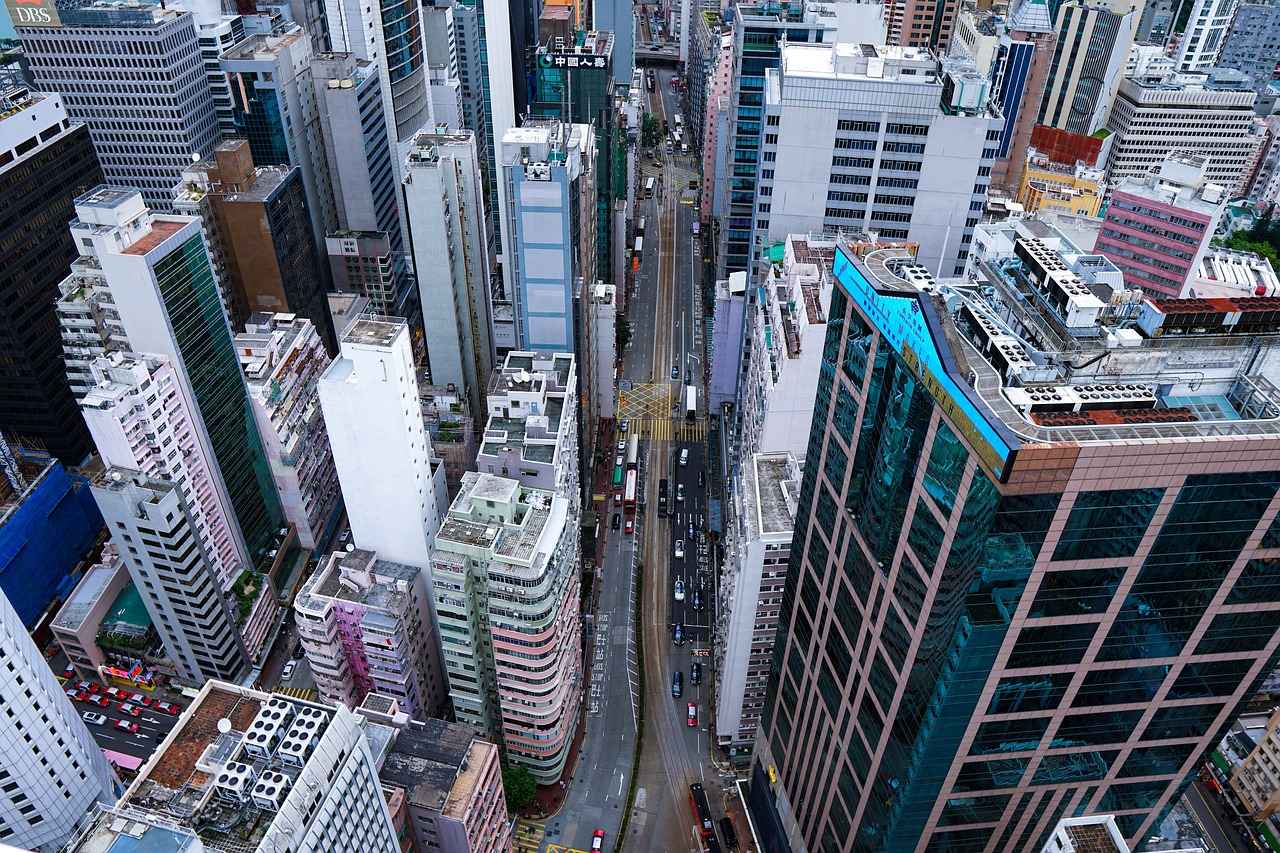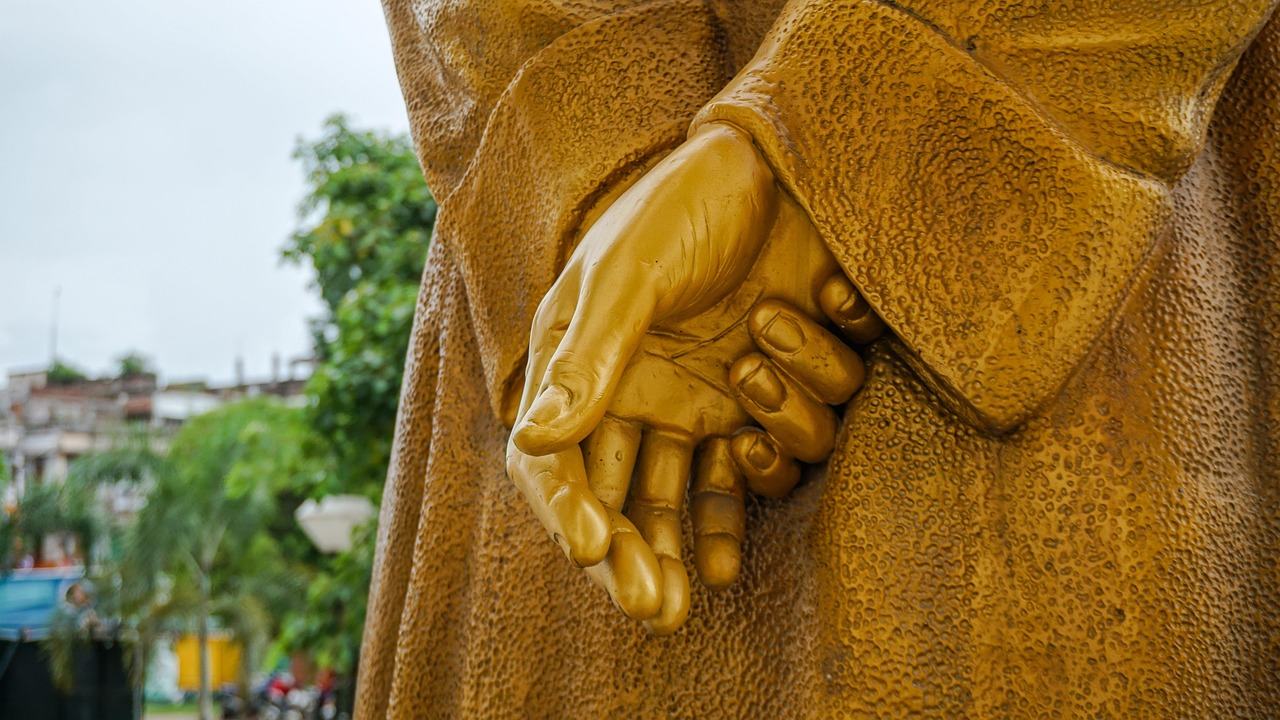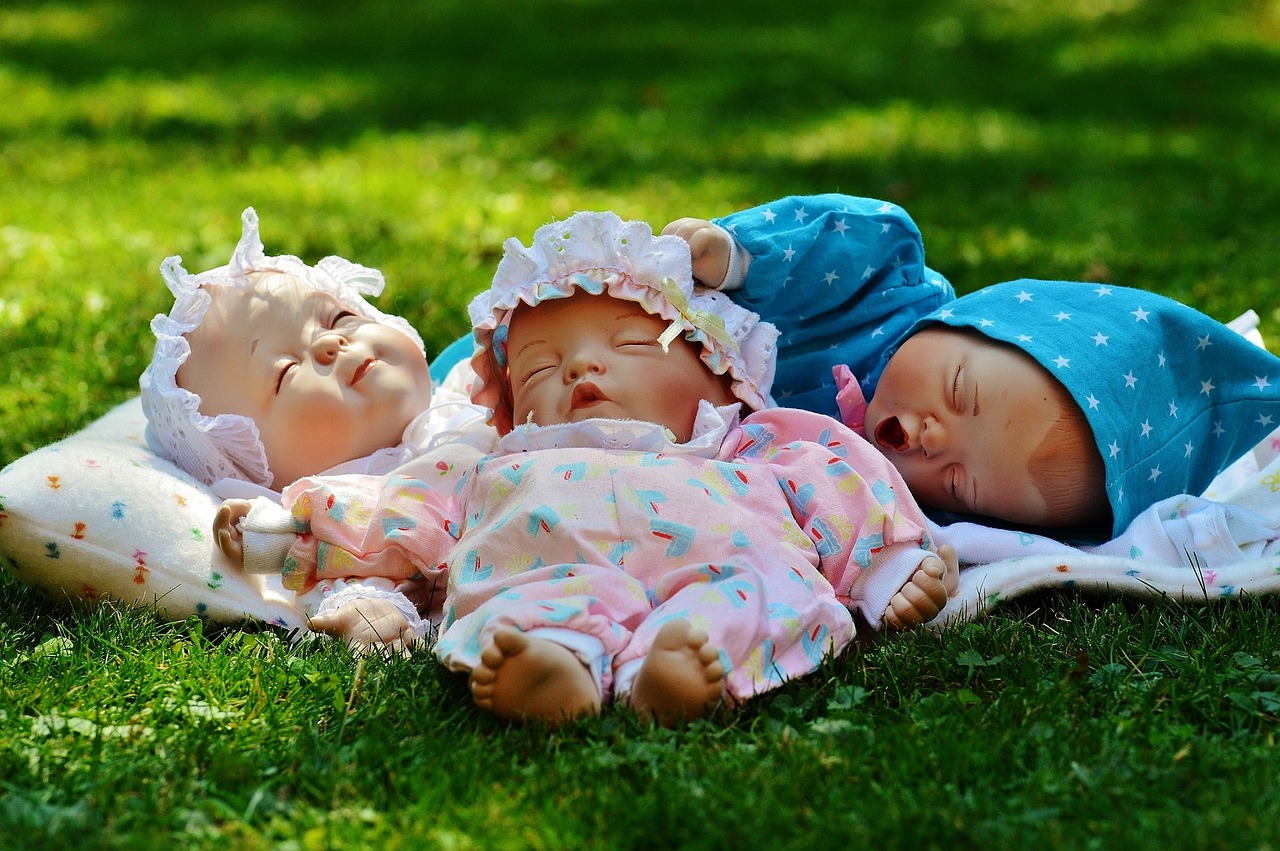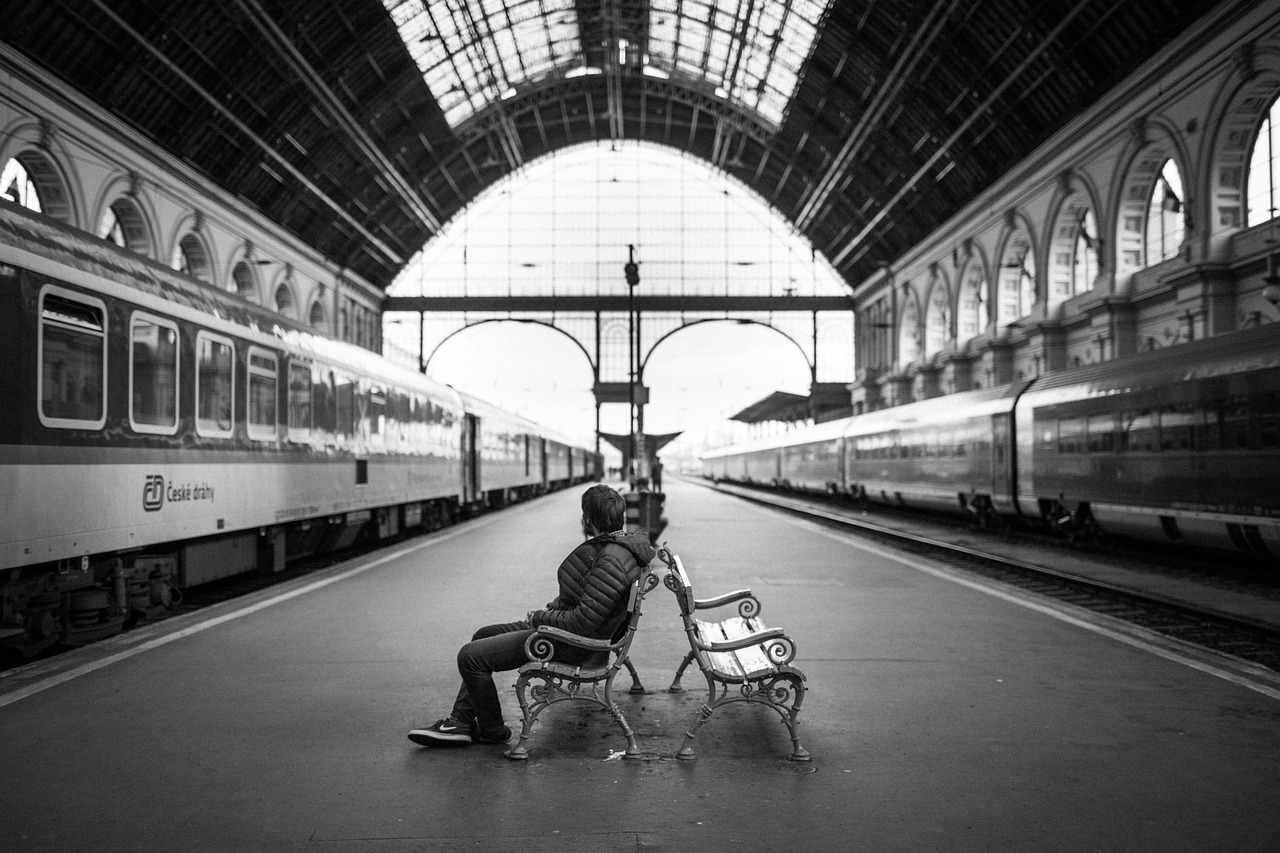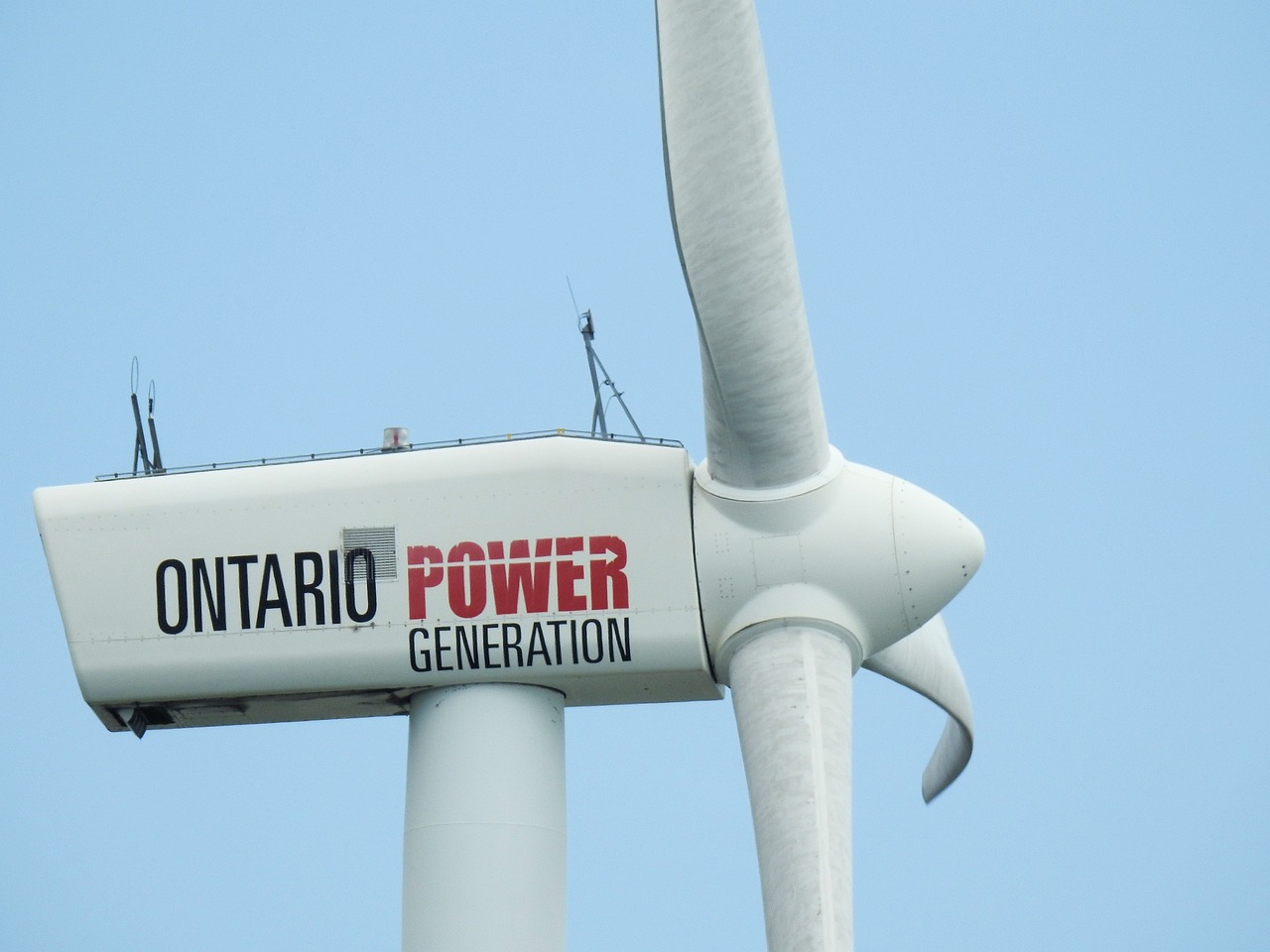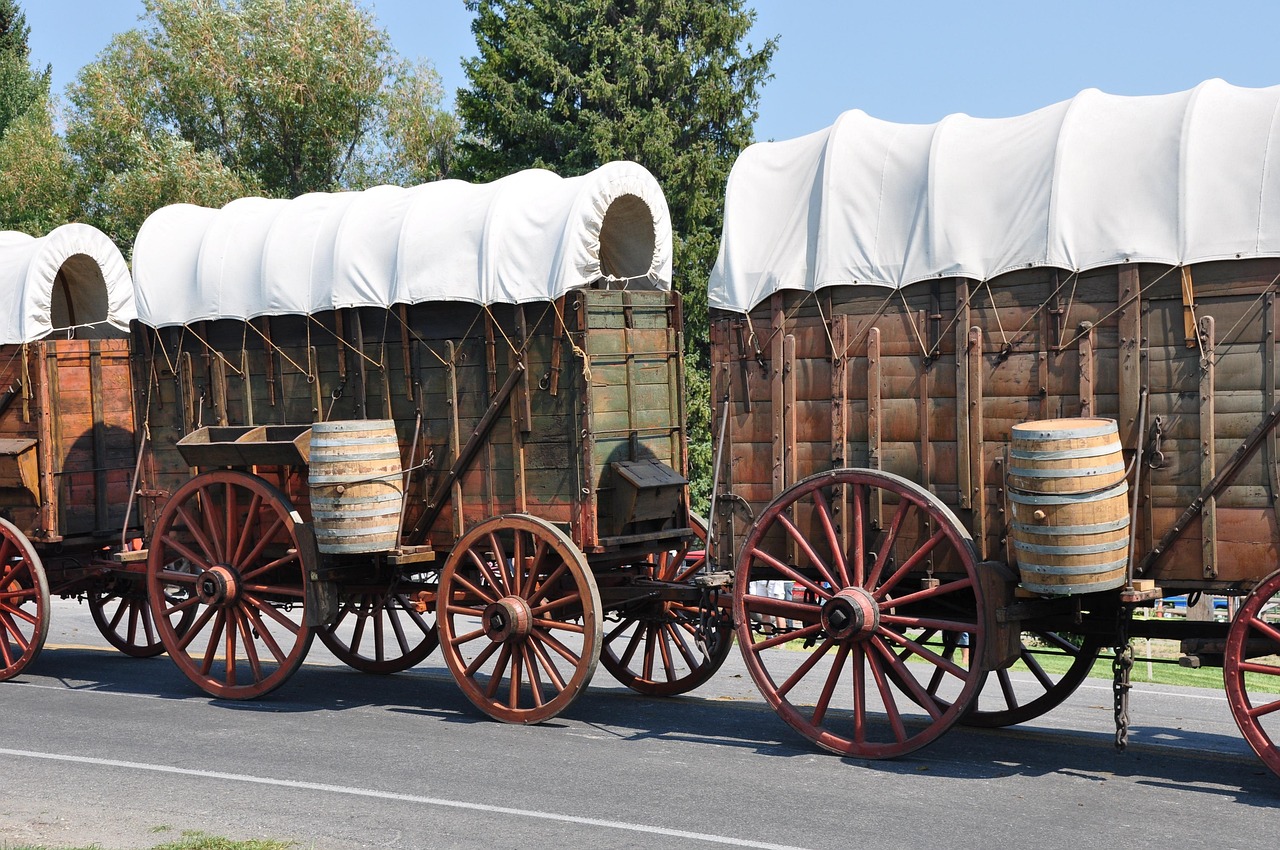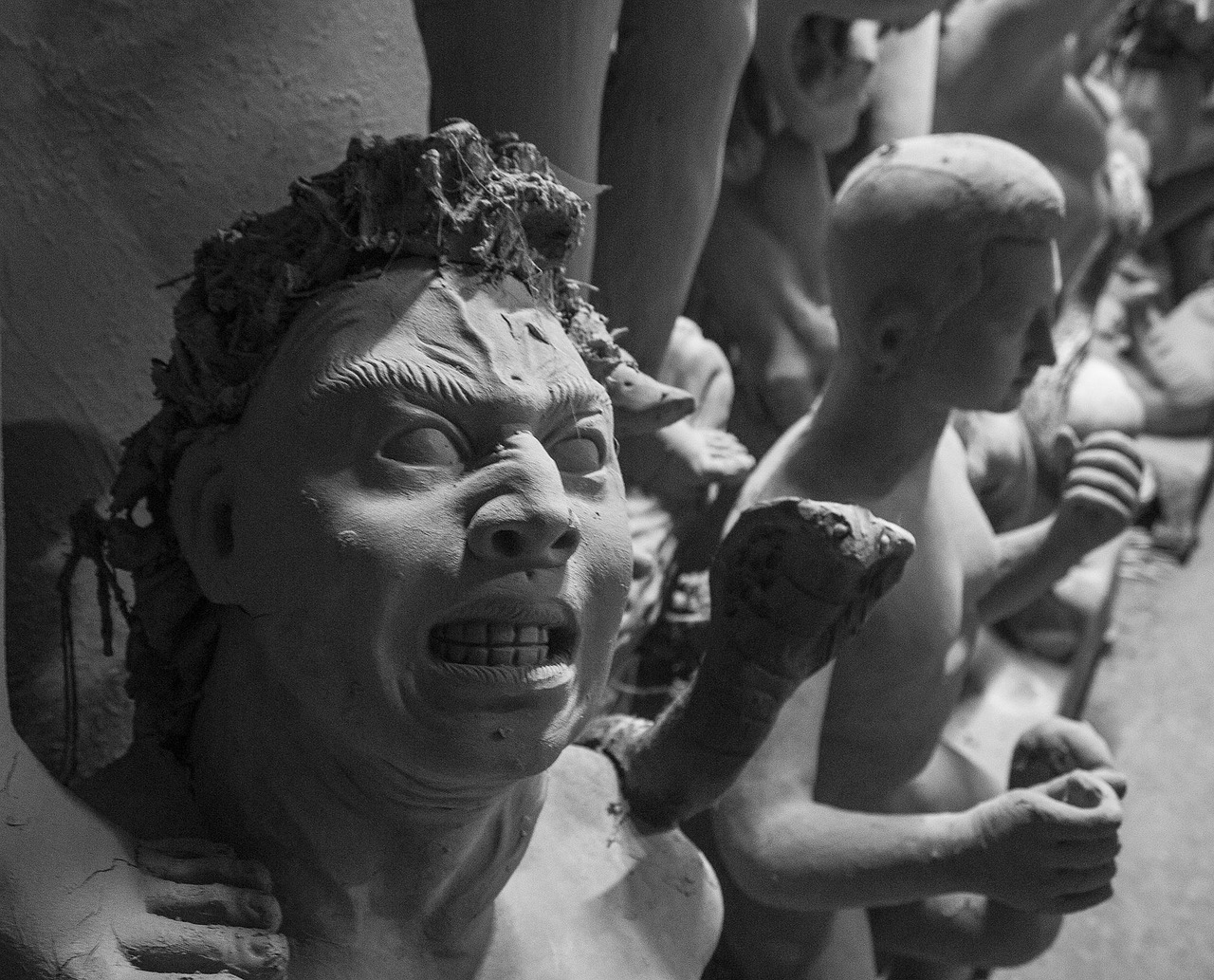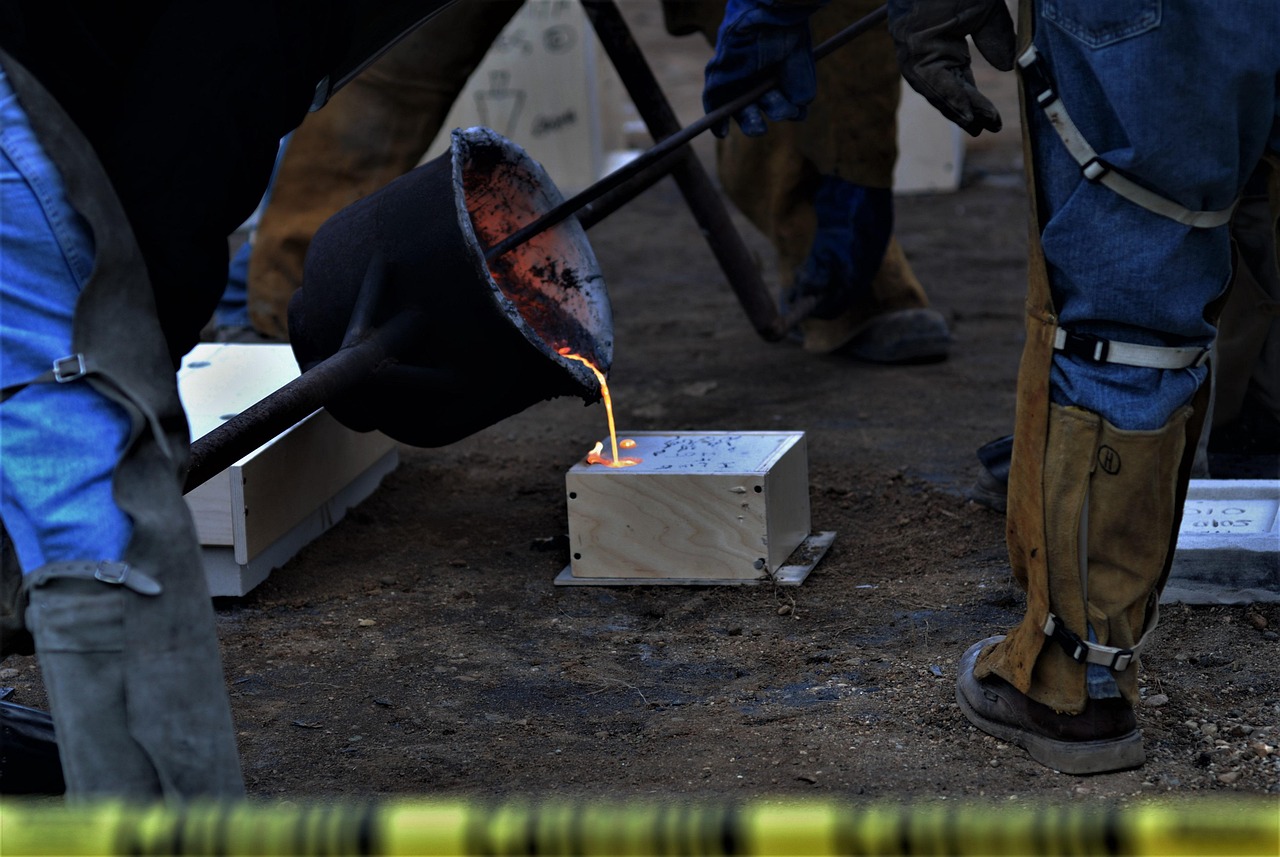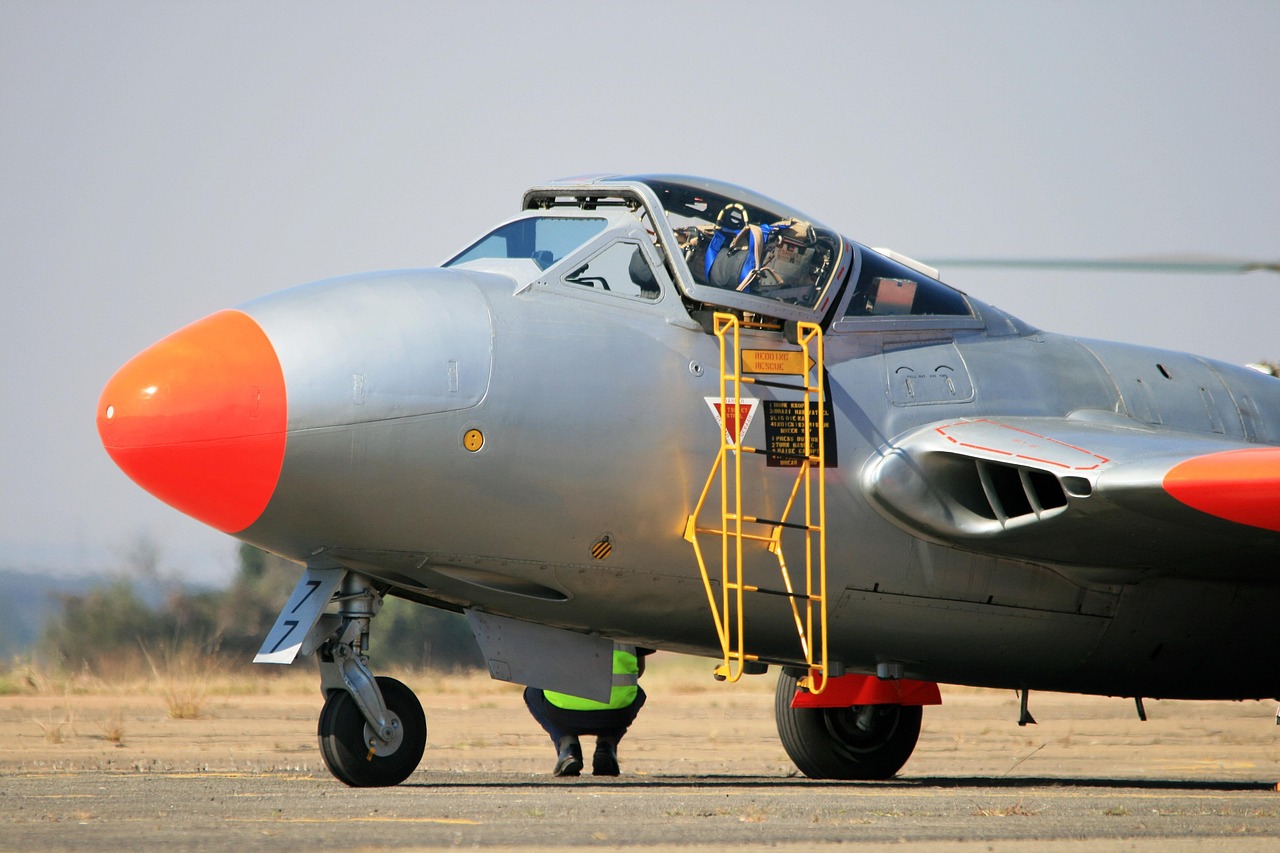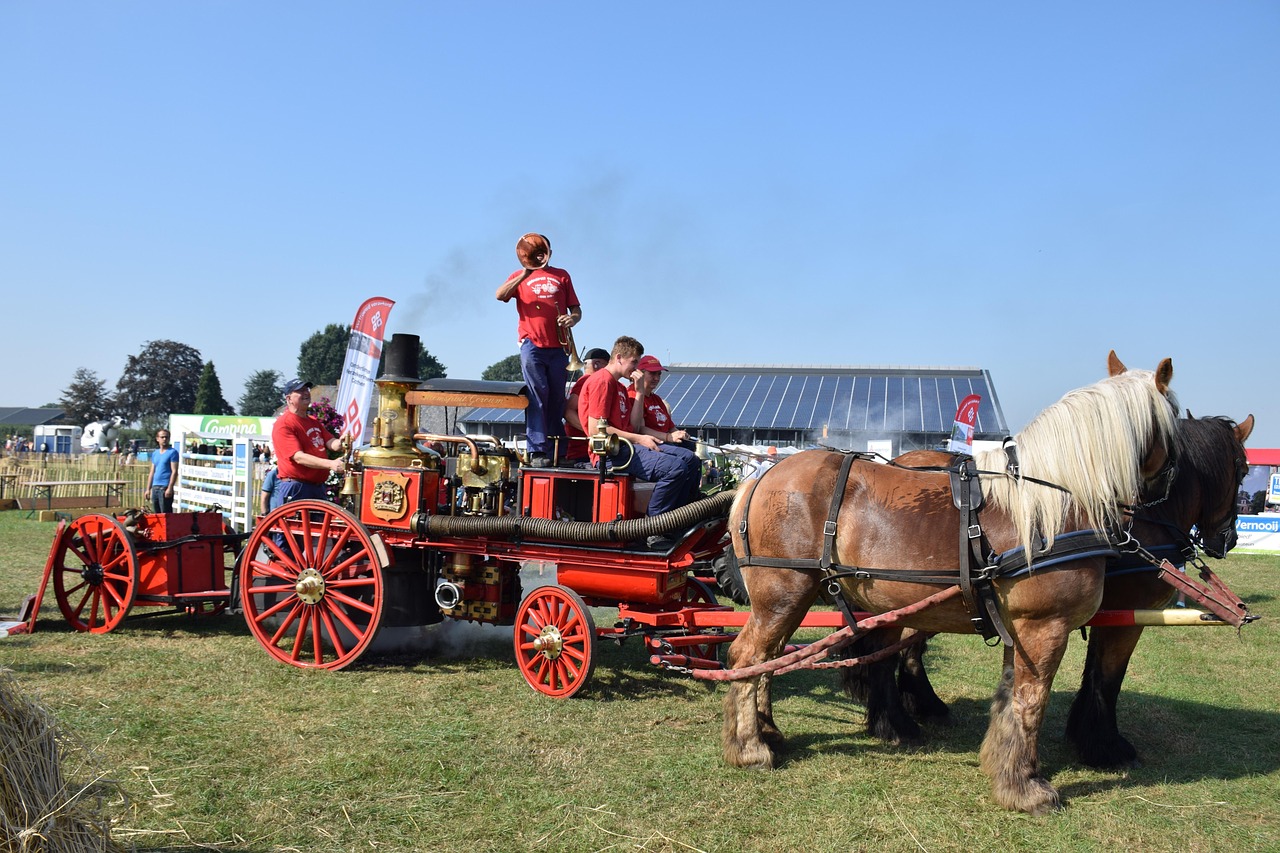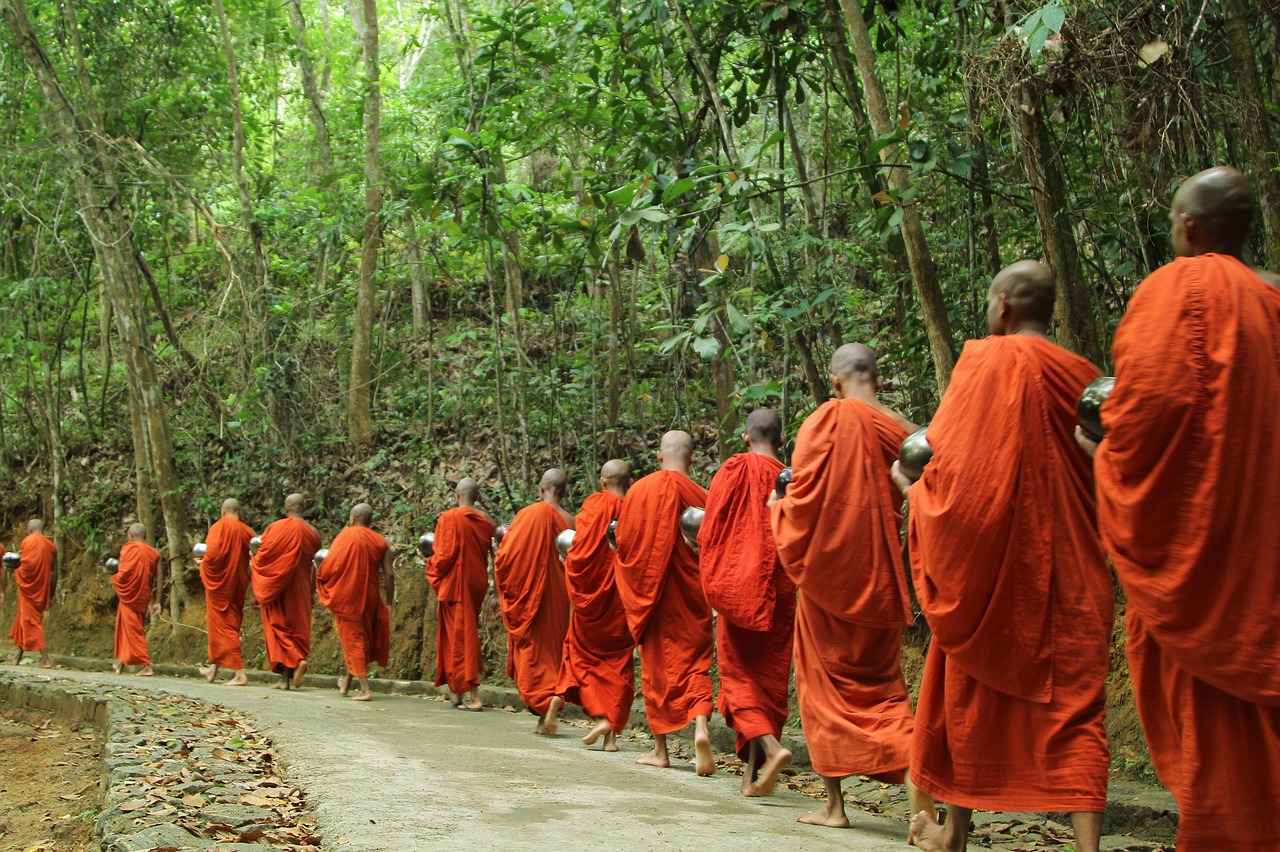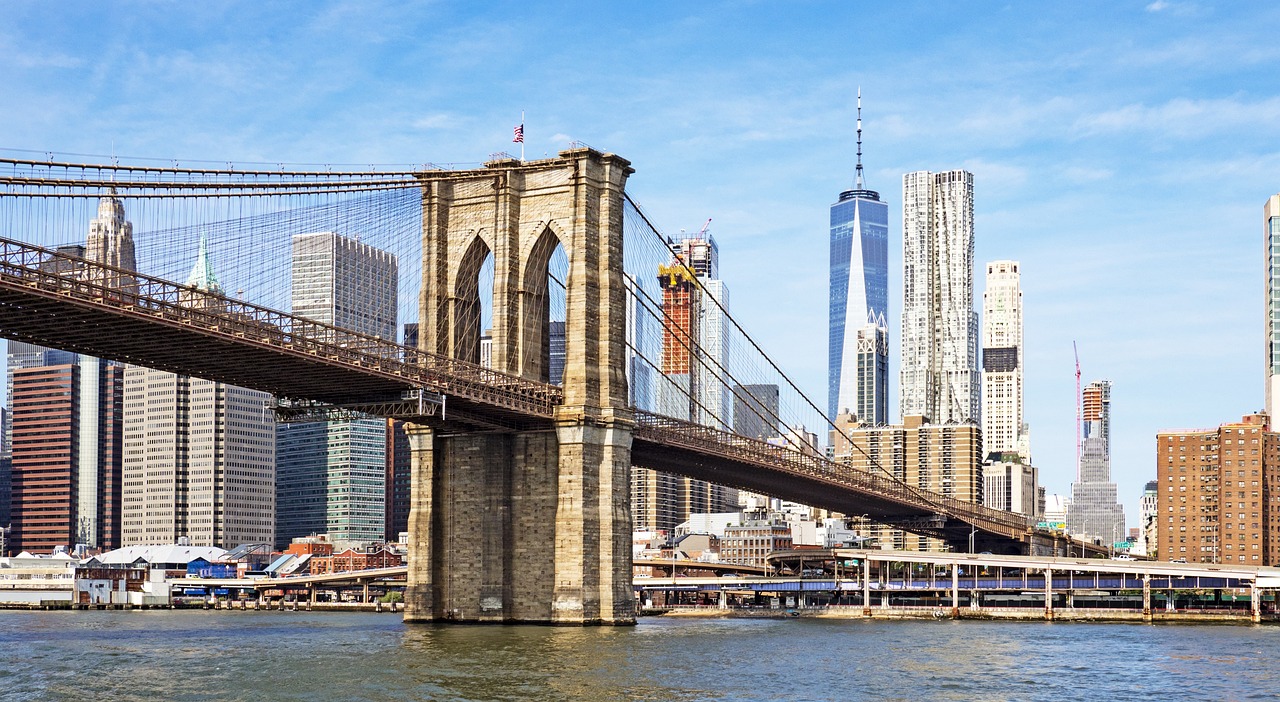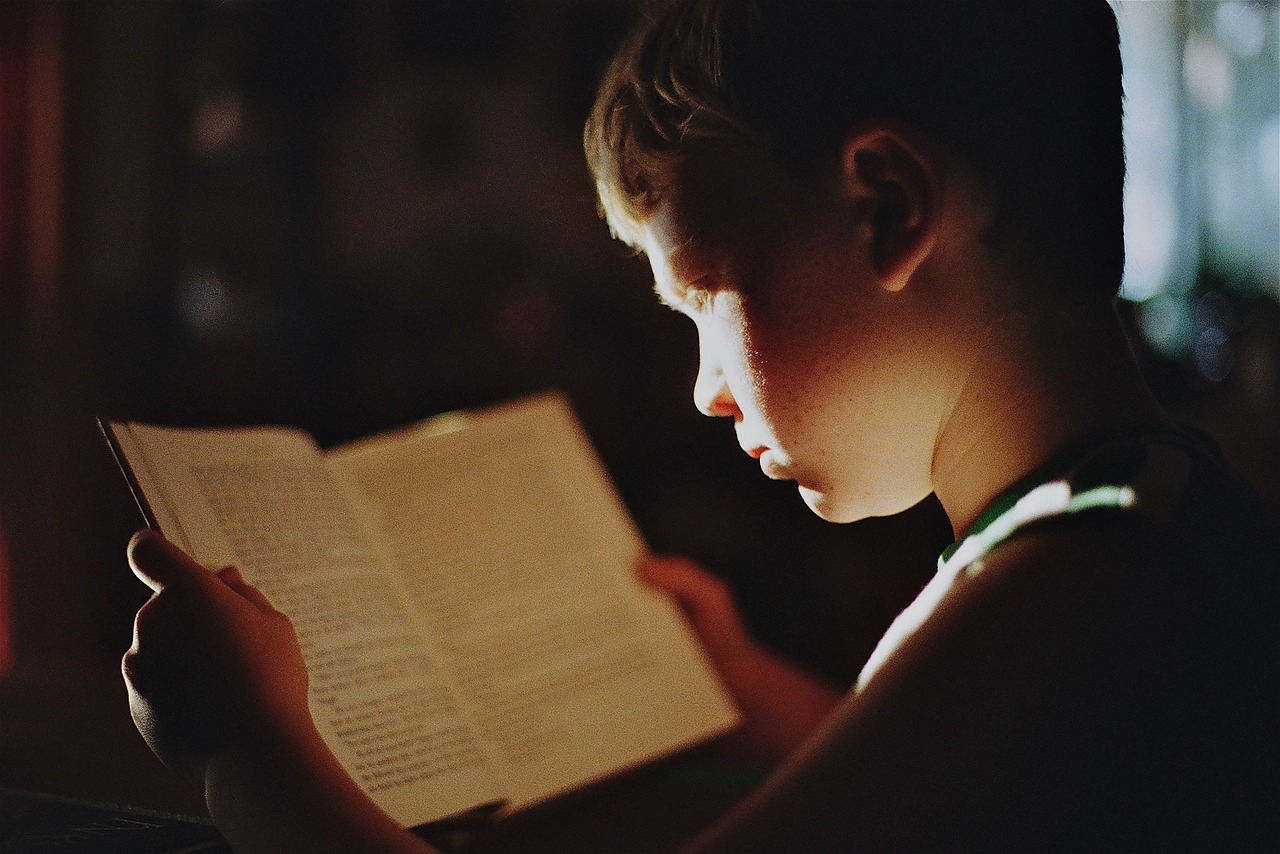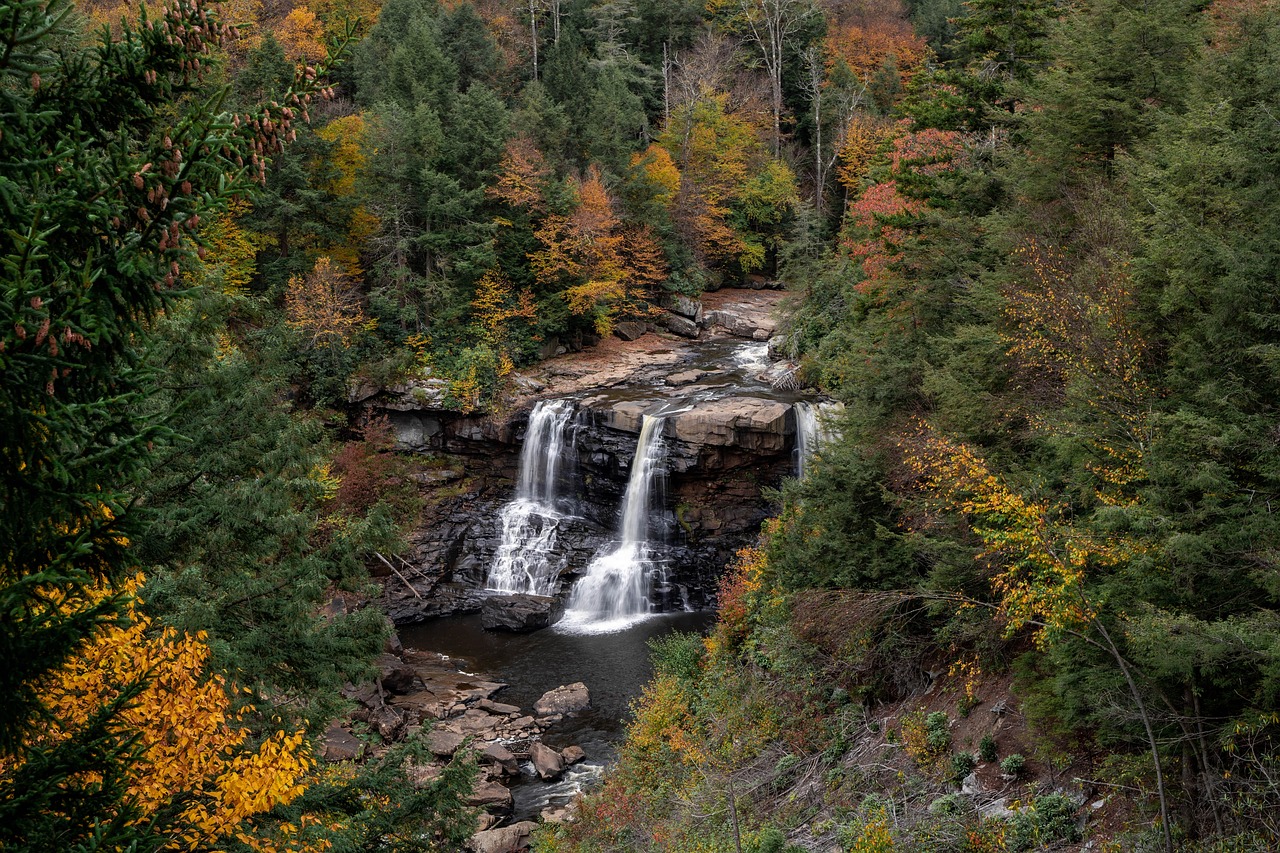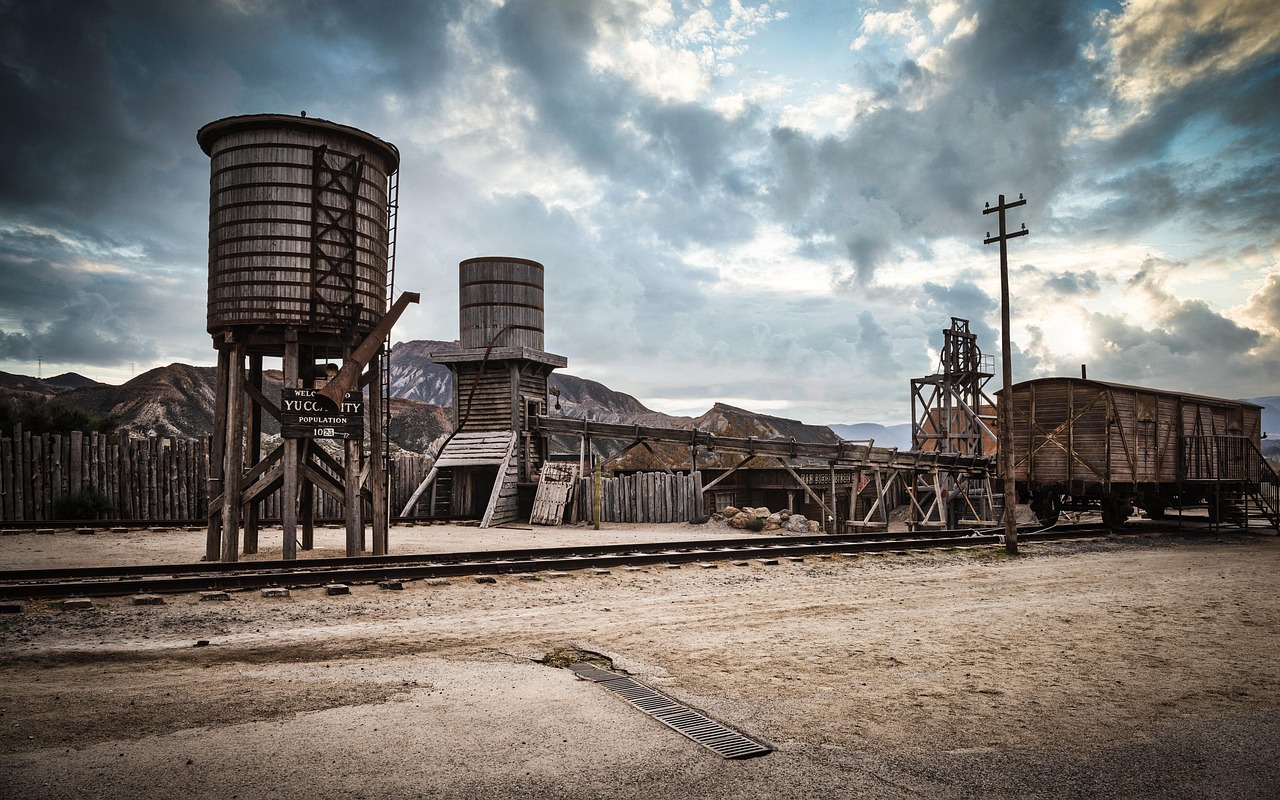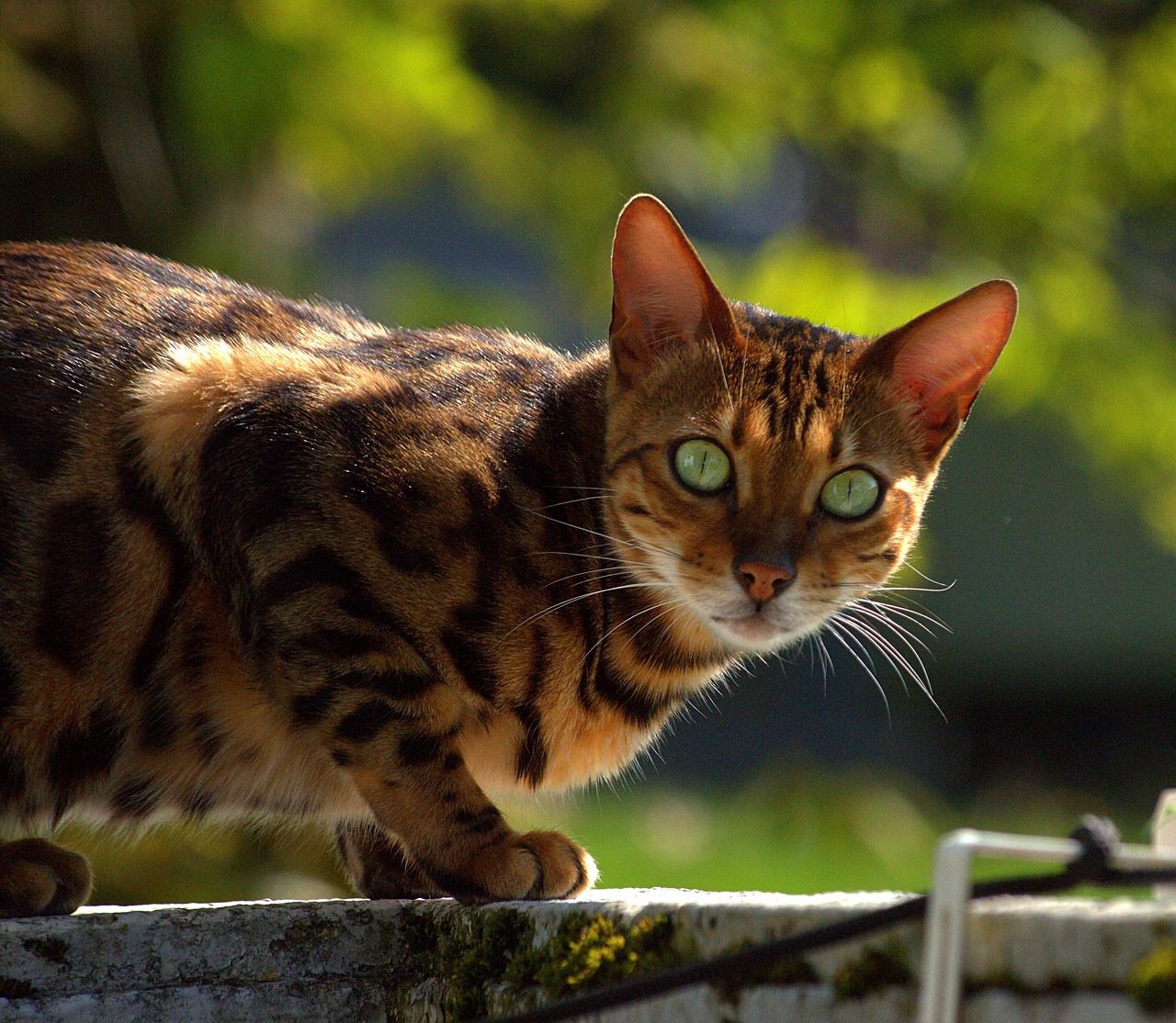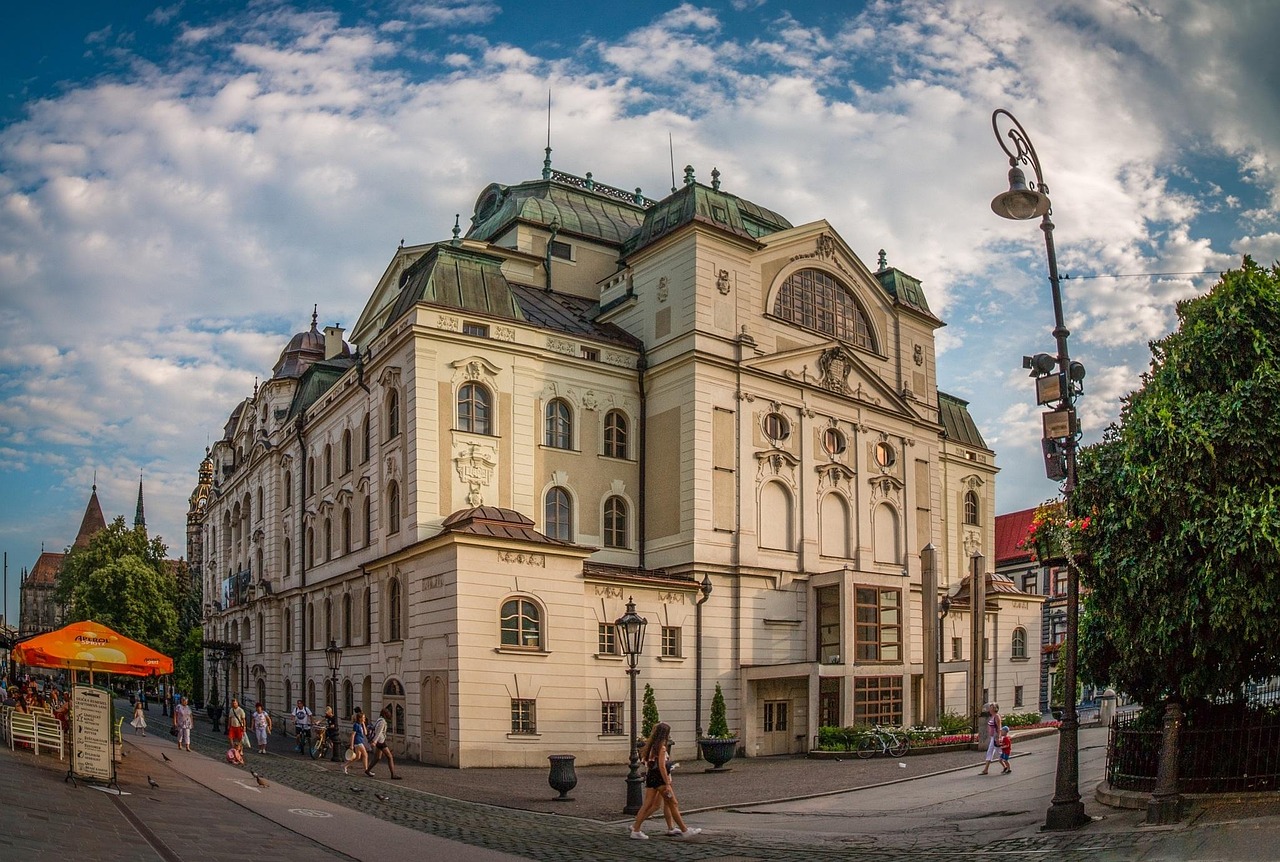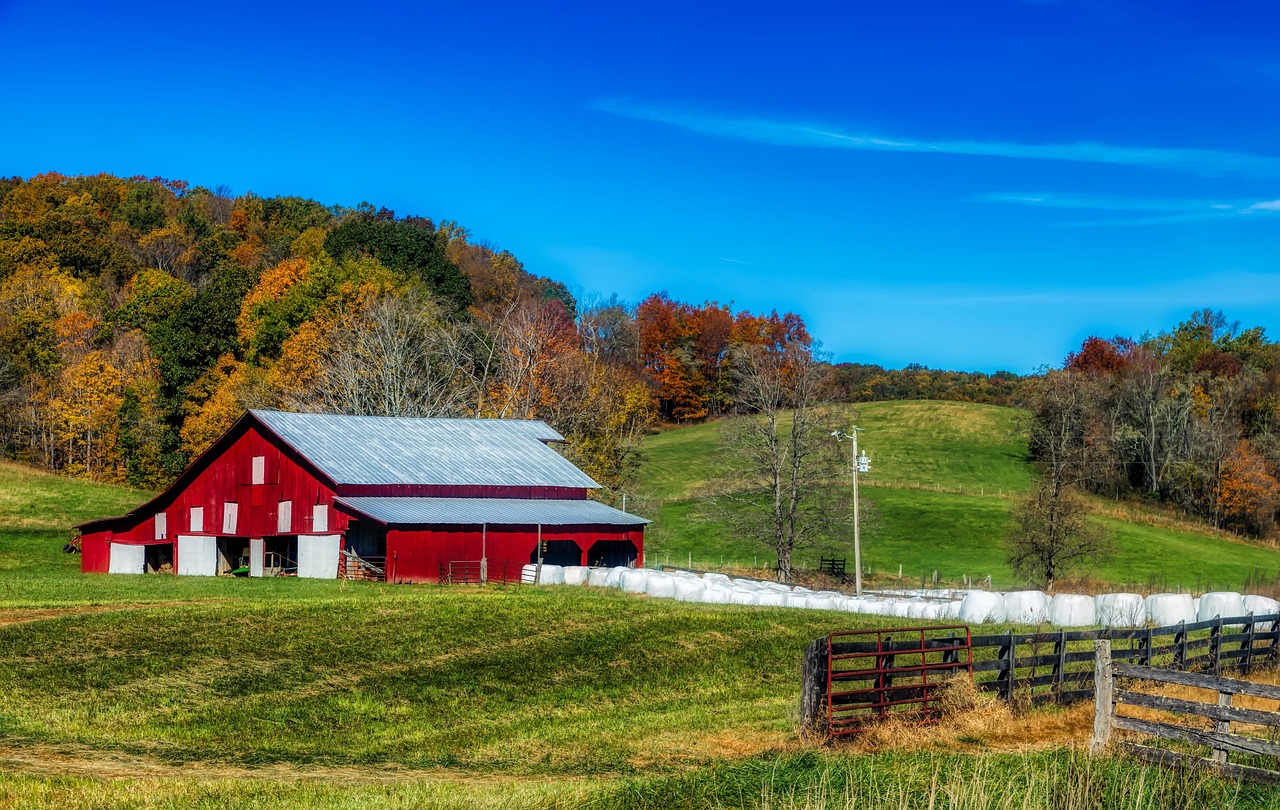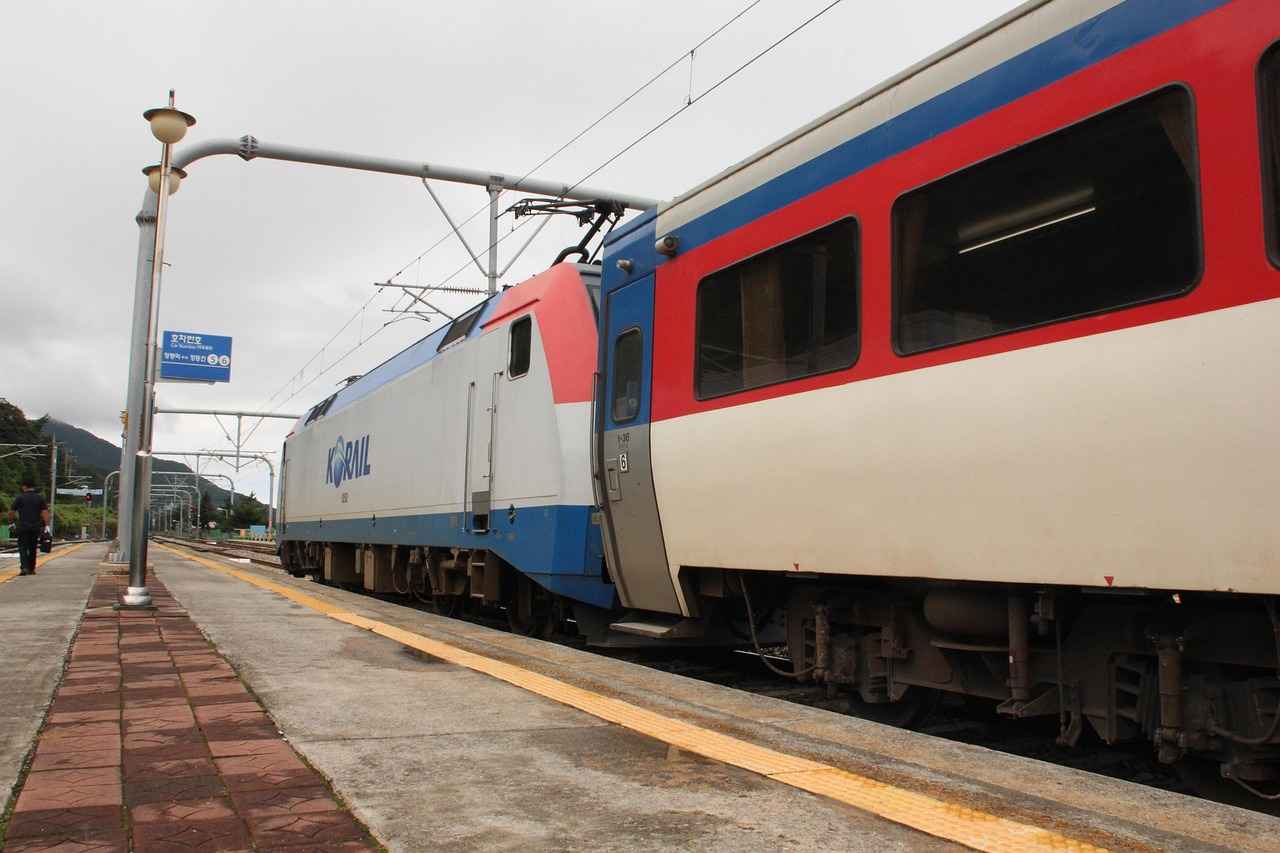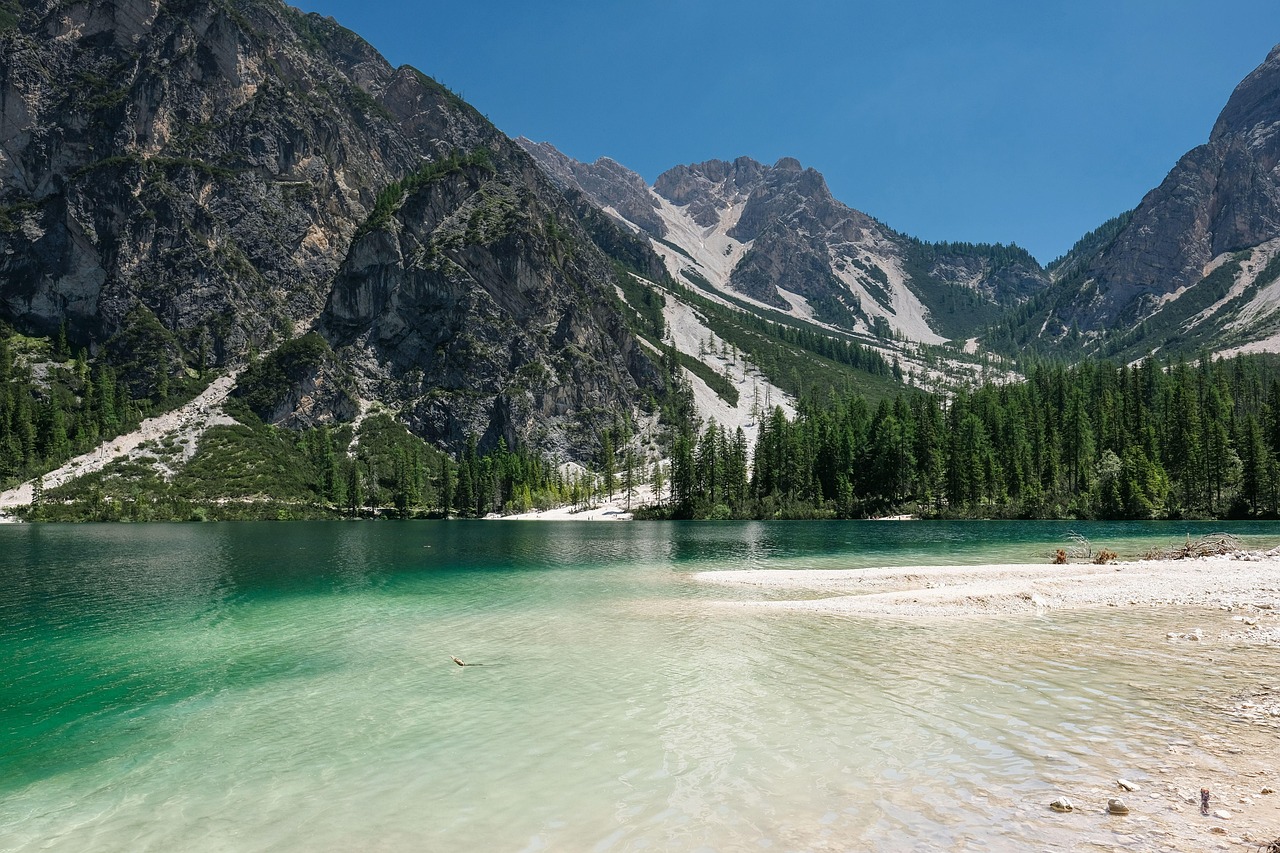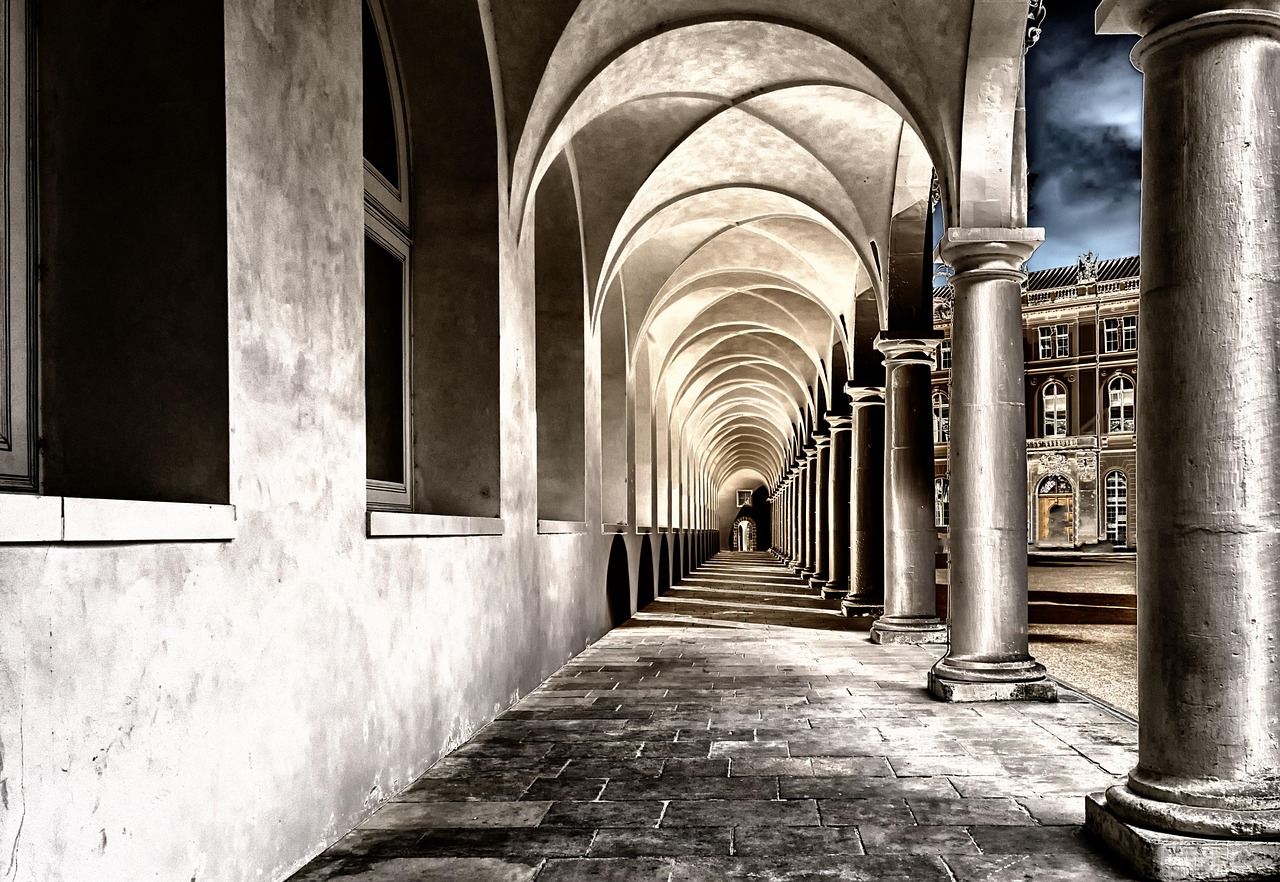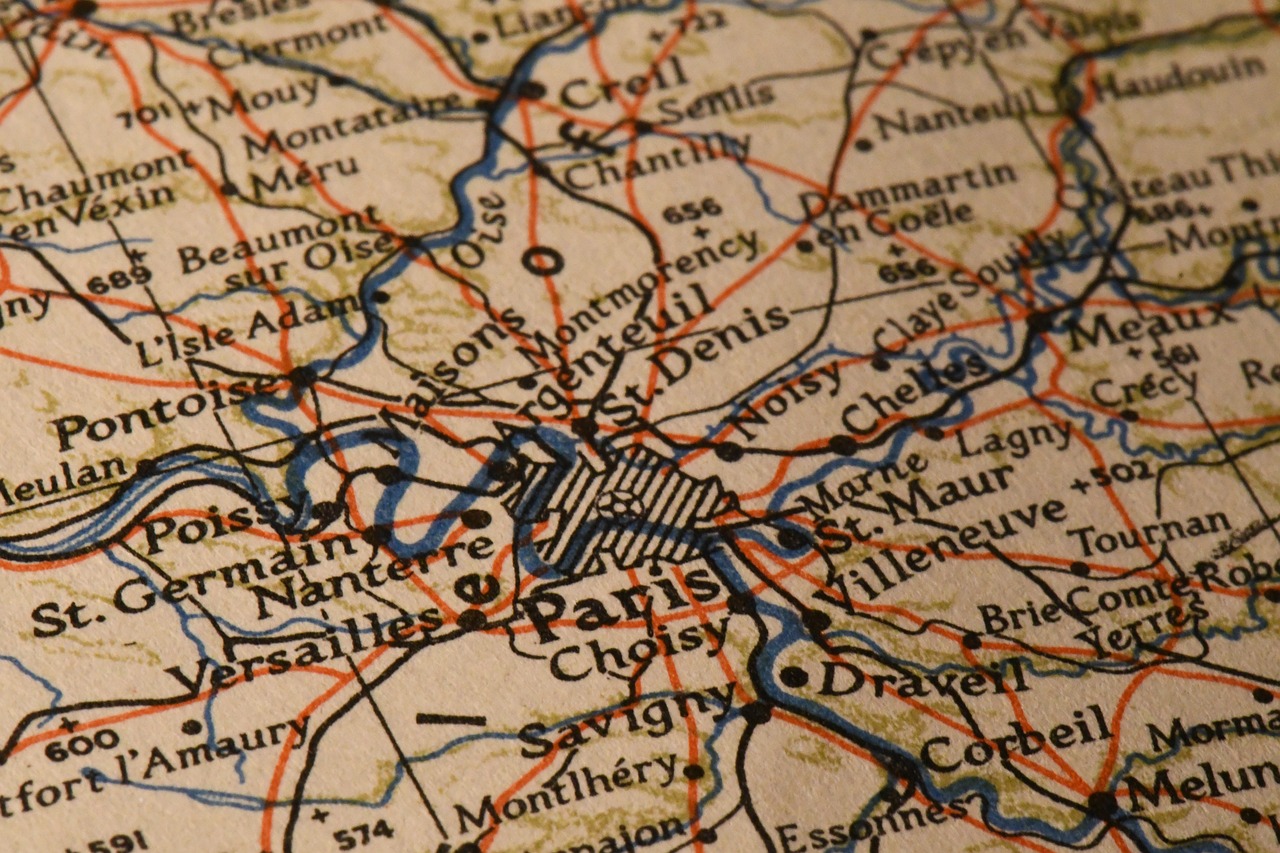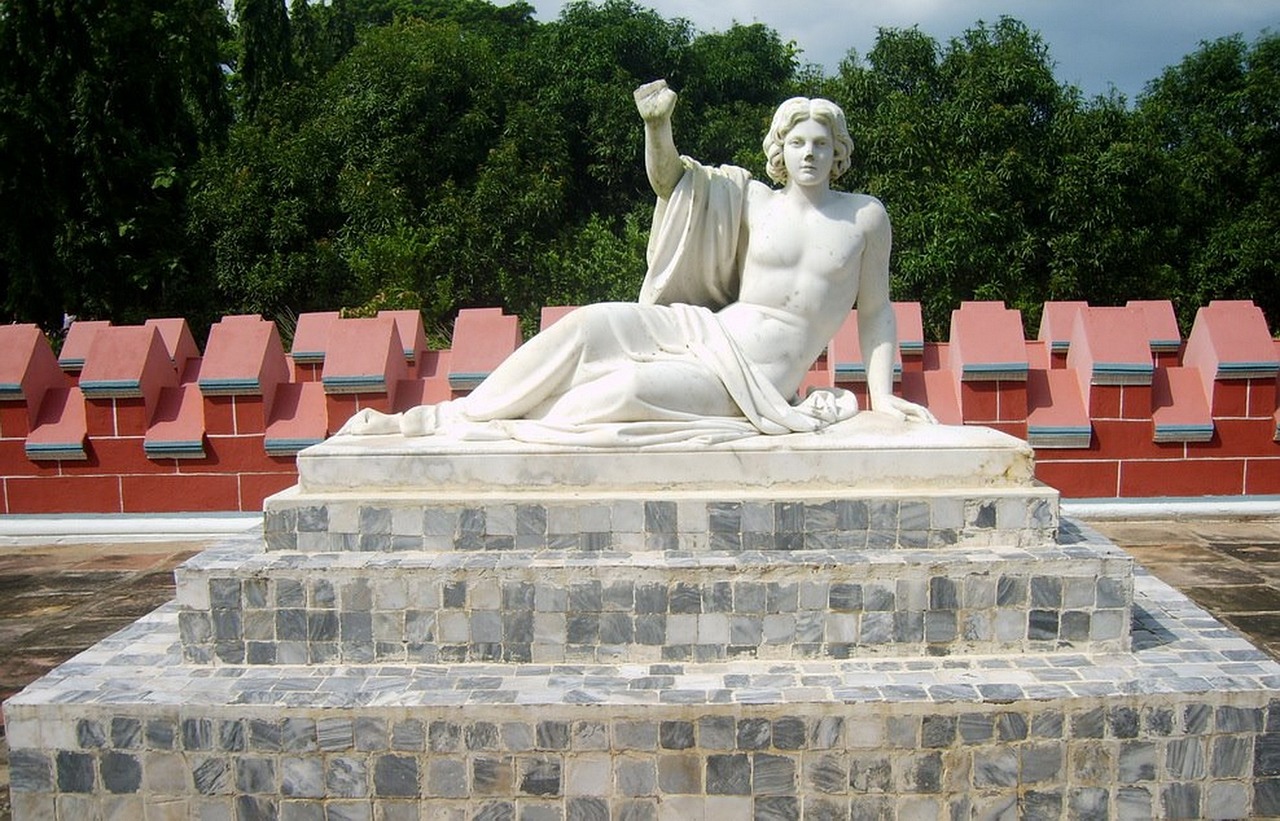This article delves into the rich and complex history of Kolkata, tracing its evolution from a colonial trading post to a vibrant cultural hub. We will examine the various influences that have shaped its unique identity over the centuries.
The Early Beginnings of Kolkata
Kolkata, originally a collection of villages, began its transformation in the 17th century. The strategic location along the Hooghly River made it an ideal trading post for merchants. The establishment of the British East India Company in 1690 marked the beginning of a new era, setting the stage for rapid urban development.
The Colonial Era: A Turning Point
The arrival of the British East India Company was a pivotal moment in Kolkata’s history. Colonial rule introduced significant changes to the city’s infrastructure, economy, and social fabric. The British invested in roads, railways, and public buildings, fundamentally altering the urban landscape.
The Architectural Marvels of Colonial Kolkata
Colonial Kolkata is renowned for its stunning architecture, which showcases a blend of Gothic, Indo-Saracenic, and Victorian styles. Notable buildings such as the Victoria Memorial and the Howrah Bridge stand as testaments to this architectural diversity, reflecting the city’s historical significance.
The Role of the Hooghly River
The Hooghly River has been central to Kolkata’s development, facilitating trade and transportation. Its banks have witnessed the rise of commerce and culture, making it a crucial artery for the city’s growth.
Urban Planning and Development
British urban planning initiatives transformed Kolkata into a modern city. The layout changes introduced during this period laid the groundwork for contemporary urban life, influencing everything from residential areas to commercial hubs.
Social and Cultural Transformations
The colonial period also brought about significant social changes, including the emergence of new cultural movements. These movements played a crucial role in shaping Kolkata’s identity, fostering a rich tapestry of arts and literature.
The Post-Colonial Era: Challenges and Resilience
Post-independence, Kolkata faced numerous challenges, including economic instability and social unrest. However, the resilience of its people has been a defining characteristic, leading to a gradual recovery and revitalization of the city.
Economic Shifts and Industrialization
The transition from a colonial economy to an independent one resulted in significant industrial growth. This shift has had profound implications for the workforce and the overall economic landscape of Kolkata.
Cultural Renaissance in Modern Kolkata
In recent decades, Kolkata has experienced a cultural renaissance, witnessing a resurgence in arts, literature, and cinema. This revival highlights the city’s vibrant cultural scene and its enduring legacy as a cultural capital.
Environmental and Urban Challenges
As Kolkata continues to grow, it faces various environmental challenges, including pollution and waste management. Addressing these issues is crucial for sustainable urban development.
Community Initiatives for Urban Renewal
Local communities have launched initiatives to tackle urban challenges, focusing on revitalizing neighborhoods and improving living conditions. These grassroots efforts are vital for fostering a sustainable urban environment.
The Role of Technology in Transformation
Technology is playing an increasingly important role in Kolkata’s transformation. Digital advancements are reshaping sectors from education to governance, paving the way for a more connected and efficient city.
Conclusion: Kolkata’s Journey Forward
Kolkata’s transformation over the centuries is a testament to its resilience and adaptability. As the city continues to evolve, it holds a promising future, rooted in its rich history and vibrant culture.
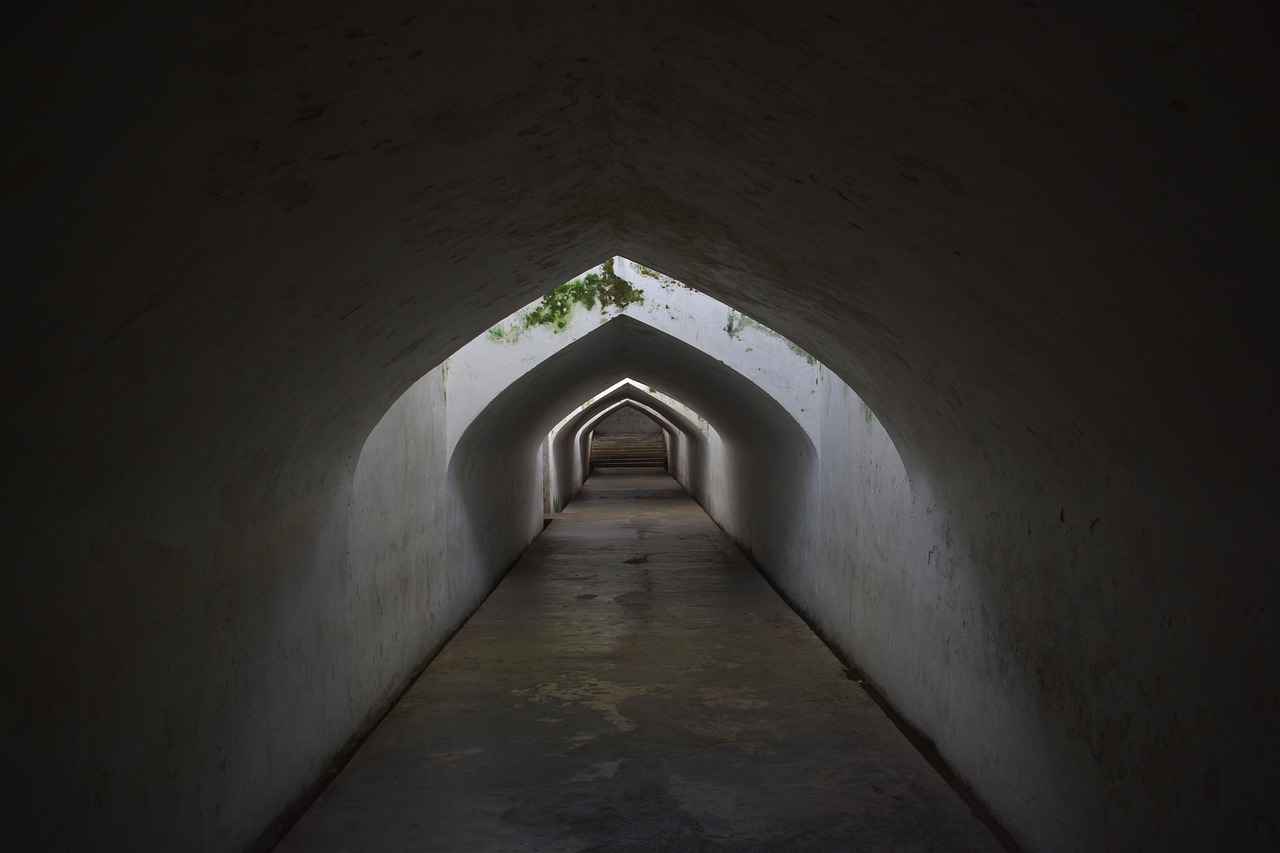
The Early Beginnings of Kolkata
Kolkata, once a humble collection of villages, embarked on its remarkable journey in the 17th century when it emerged as a significant trading post. This transformation was not merely coincidental; it was driven by several pivotal factors that contributed to its rapid growth and development.
- Strategic Location: Situated on the eastern bank of the Hooghly River, Kolkata’s location made it an ideal hub for trade. The river facilitated the movement of goods, connecting it to various regions, both inland and overseas.
- British Colonial Influence: The establishment of the British East India Company in 1690 marked a turning point. The Company recognized Kolkata’s potential and began developing it into a major port city, which attracted merchants and traders from around the world.
- Diverse Cultural Exchange: As trade flourished, Kolkata became a melting pot of cultures. The influx of various communities, including Marwaris, Armenians, and Chinese, enriched the city’s social fabric, leading to a vibrant cultural scene.
- Infrastructure Development: The British initiated significant infrastructure projects, including roads, bridges, and docks, which further enhanced Kolkata’s connectivity and economic prospects. This development laid the groundwork for a modern urban landscape.
As Kolkata evolved, it became not only a center for commerce but also a cradle for intellectual and cultural movements. The city’s initial establishment set the stage for its transformation into a bustling metropolis, characterized by its rich history and diverse heritage.
In summary, the early beginnings of Kolkata were marked by strategic advantages and significant influences that shaped its trajectory. Understanding these foundational aspects provides valuable insights into the city’s enduring legacy and its role in the broader context of Indian history.
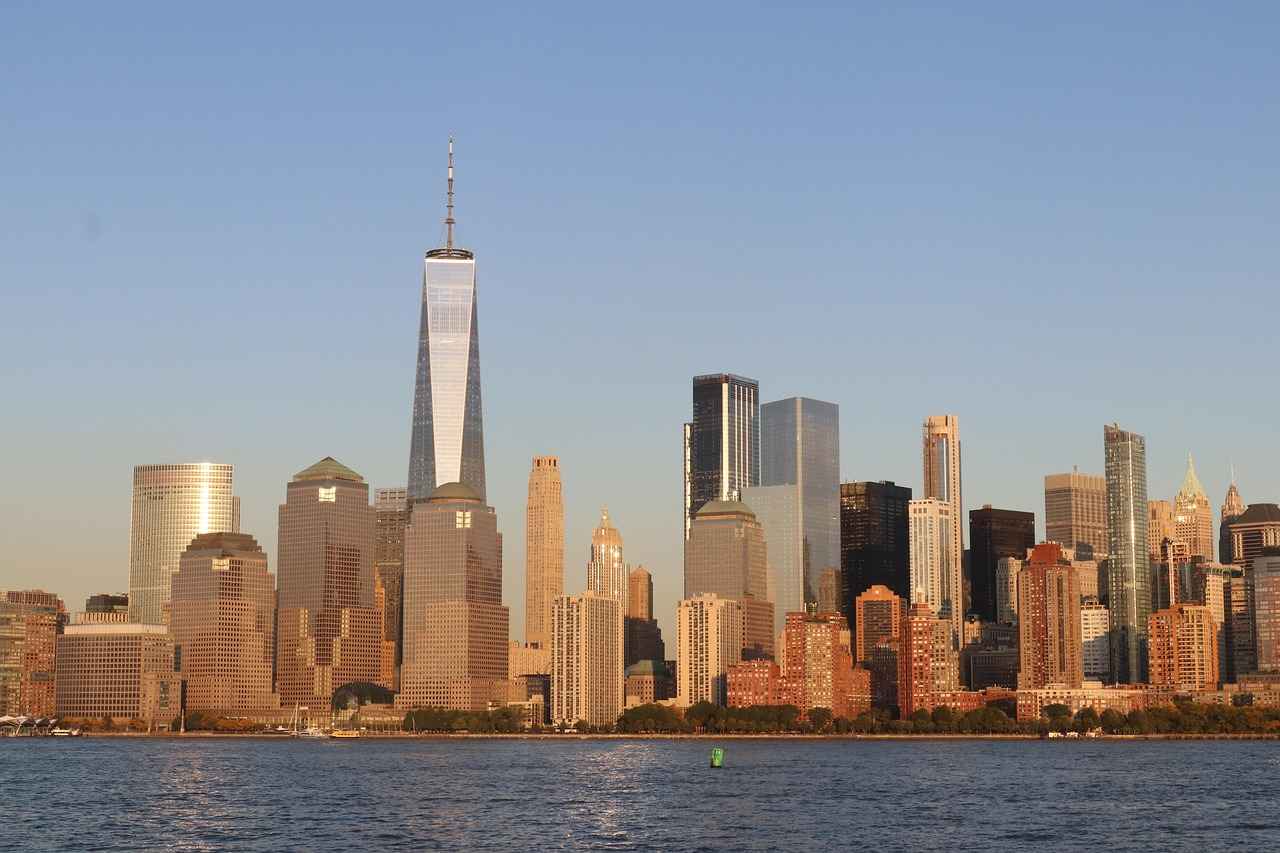
The Colonial Era: A Turning Point
The arrival of the British East India Company in the early 17th century significantly altered the trajectory of Kolkata, transforming it from a humble cluster of villages into a thriving colonial metropolis. This period marked a profound shift in the city’s infrastructure, economy, and society, laying the groundwork for its future as a major urban center.
Under British rule, Kolkata experienced a radical transformation in its infrastructure. The introduction of modern road systems, railways, and ports facilitated trade and communication, effectively connecting the city to global markets. The establishment of iconic structures, such as the Victoria Memorial and the Howrah Bridge, showcased the British architectural influence and became symbols of Kolkata’s colonial past.
Economically, the British East India Company capitalized on Kolkata’s strategic location along the Hooghly River, turning it into a vital trading hub. The influx of goods, resources, and labor led to a booming economy, but it also resulted in significant disparities between the affluent colonial class and the local population. The exploitation of local resources and labor for British profit created a complex economic landscape that continues to influence the city today.
Socially, the colonial era brought about significant changes in Kolkata’s demographics and cultural fabric. The blending of various cultures, traditions, and practices resulted in a unique urban identity. However, this period also saw the rise of social reform movements aimed at addressing inequalities and injustices faced by the local population. Figures such as Raja Ram Mohan Roy emerged, advocating for education and social change.
In conclusion, the colonial era was indeed a turning point for Kolkata, shaping its infrastructure, economy, and social dynamics. The legacies of this period are still evident in the city’s architecture, cultural diversity, and ongoing socio-economic challenges.
The Architectural Marvels of Colonial Kolkata
showcase a unique blend of styles that reflect the city’s rich history and cultural significance. As Kolkata evolved during the colonial era, it became a canvas for architectural experimentation, merging Gothic, Indo-Saracenic, and Victorian elements into a harmonious skyline.
One of the most iconic structures is the Victoria Memorial, a grand marble building that commemorates Queen Victoria. This masterpiece, completed in 1921, is a stunning example of Indo-Saracenic architecture, featuring intricate sculptures and lush gardens that attract visitors from around the globe.
Another notable landmark is the Howrah Bridge, an engineering marvel that connects the city to its suburbs. This cantilever bridge, completed in 1943, is not only functional but also a symbol of Kolkata’s resilience and innovation.
The Indian Museum, established in 1814, is the oldest museum in India and houses a vast collection of artifacts, including antiquities, fossils, and art pieces. Its neoclassical façade and expansive interiors reflect the colonial influence on education and culture.
Additionally, the Writers’ Building, originally constructed in the 18th century, serves as a testament to the administrative power of the British Raj. Its imposing structure and colonial architecture highlight the importance of governance during that era.
These buildings not only define the skyline of Kolkata but also serve as a reminder of the city’s complex history. They represent a fusion of cultures and ideologies, illustrating how colonial influences have shaped modern Kolkata.
In conclusion, the architectural marvels of colonial Kolkata are not merely structures; they are narratives etched in stone, reflecting the city’s past while inspiring future generations. As Kolkata continues to evolve, these historical landmarks remain a vital part of its identity.
The Role of the Hooghly River
The Hooghly River has played a pivotal role in the development of Kolkata, significantly influencing its economic landscape. This river, a distributary of the Ganges, has served not only as a vital waterway for transportation but also as a lifeline for trade and commerce.
Historically, the Hooghly River was the main artery for the British East India Company, facilitating the movement of goods and resources. The river’s navigability allowed large ships to dock at Kolkata’s ports, making it a bustling hub for international trade. As a result, Kolkata quickly transformed from a small village cluster into a thriving metropolis.
In the contemporary context, the Hooghly River continues to be integral to the city’s economy. It supports various industries, including fishing, shipbuilding, and tourism. The river is also crucial for the transport of raw materials and finished products, linking Kolkata to other regions and enhancing its status as a commercial center.
Moreover, the river has fostered a unique cultural identity for Kolkata. The banks of the Hooghly are dotted with historic landmarks, temples, and cultural institutions that reflect the city’s rich heritage. Festivals and events often take place along the river, drawing both locals and tourists alike.
However, the Hooghly River also faces significant challenges, including pollution and over-exploitation of its resources. Efforts are underway to address these issues through community initiatives and government policies aimed at revitalizing the river ecosystem.
In conclusion, the Hooghly River is more than just a waterway; it is a vital component of Kolkata’s identity and economic framework. Its historical significance and ongoing role in commerce and culture make it an essential element of the city’s narrative.
Urban Planning and Development
The transformation of Kolkata into a modern city during the British colonial period was marked by significant urban planning initiatives. These changes not only reshaped the physical landscape of the city but also had profound long-term effects on urban life. Understanding these developments provides insight into the city’s current infrastructure and social dynamics.
Initially, the British recognized the potential of Kolkata as a trading hub and sought to improve its layout for better functionality and aesthetics. One of the major changes was the introduction of wide boulevards and public parks, which contrasted sharply with the narrow lanes of the pre-colonial period. Notable examples include the creation of Esplanade, which became a central point for commerce and social gatherings.
| Urban Planning Initiative | Description |
|---|---|
| Road Development | Construction of wide, straight roads to facilitate better transportation and trade. |
| Parks and Green Spaces | Establishment of public parks, such as Maidan, to enhance the city’s recreational facilities. |
| Drainage Systems | Implementation of modern drainage systems to combat flooding and improve sanitation. |
Moreover, the British introduced a structured zoning system, which divided the city into residential, commercial, and industrial areas. This planning aimed to reduce congestion and improve living conditions for the growing population. However, these developments also led to the displacement of many local communities, creating a complex social fabric that still exists today.
The long-term effects of these urban planning initiatives are evident in Kolkata’s modern-day challenges, including overpopulation and traffic congestion. As the city continues to evolve, the lessons learned from its colonial past remain relevant, prompting ongoing discussions about sustainable urban development and community engagement.
In conclusion, the British urban planning initiatives were pivotal in shaping Kolkata into the modern metropolis it is today. While these changes brought about significant improvements, they also introduced challenges that the city continues to navigate. Understanding this history is crucial for anyone interested in the ongoing evolution of Kolkata.
Social and Cultural Transformations
The colonial period in Kolkata was not merely an era of political and economic upheaval; it was also a time of profound . As British influence permeated various aspects of life, a unique blend of indigenous traditions and Western ideals began to take shape, significantly impacting the city’s identity and artistic expressions.
During this period, Kolkata became a melting pot of cultural movements. The introduction of Western education and literary forms sparked a renaissance in Bengali literature and arts. Writers like Rabindranath Tagore emerged, whose works not only celebrated Bengali culture but also challenged colonial narratives. The Bengal Renaissance played a crucial role in redefining cultural consciousness, fostering a sense of pride among the local populace.
| Key Cultural Movements | Influencers | Impact |
|---|---|---|
| Bengal Renaissance | Rabindranath Tagore, Ishwar Chandra Vidyasagar | Revitalization of Bengali literature and arts |
| Social Reform Movements | Raja Ram Mohan Roy | Advancement of women’s rights and education |
| Nationalist Movements | Netaji Subhas Chandra Bose | Promotion of Indian identity and independence |
Moreover, the rise of theatrical arts and music during this time cannot be overlooked. The establishment of institutions like the Calcutta Theatre and the proliferation of Rabindra Sangeet enriched the cultural landscape, providing a platform for local talent to flourish. These artistic expressions became vehicles for social commentary and resistance against colonial oppression.
In conclusion, the colonial era was a catalyst for significant in Kolkata. The interplay of different cultural movements not only shaped the city’s identity but also laid the groundwork for future generations to explore and express their heritage. As Kolkata continues to evolve, the echoes of this rich cultural tapestry remain integral to its vibrant identity.
The Post-Colonial Era: Challenges and Resilience
After gaining independence in 1947, Kolkata encountered a myriad of challenges that tested the mettle of its citizens. The socio-economic landscape was marred by issues such as poverty, unemployment, and infrastructural decay. This period marked a significant transition as the city sought to redefine its identity and rebuild from the ashes of colonial rule.
One of the most pressing challenges was the economic instability that followed independence. The city, once a bustling center of trade and commerce, faced a decline in industries that had thrived during the British era. Factories closed, leading to widespread job losses and a surge in unemployment rates. The government initiated various policies aimed at industrialization, but the transition was fraught with difficulties.
Despite these adversities, the resilience of Kolkata’s people shone through. Community initiatives emerged, focusing on grassroots movements that aimed to uplift the local economy. Cooperatives and small businesses began to flourish, providing employment and fostering a spirit of self-reliance among the populace.
Moreover, the cultural fabric of Kolkata remained vibrant during this tumultuous time. The city became a hub for artistic expression, with literature, theater, and cinema serving as powerful tools for social commentary and change. The resilience of its artists and intellectuals played a crucial role in shaping a new cultural identity.
In conclusion, the post-colonial era of Kolkata is a compelling narrative of struggle and triumph. The city faced significant socio-economic challenges but emerged stronger, showcasing the indomitable spirit of its people. This resilience continues to be a driving force as Kolkata navigates its future, transforming obstacles into opportunities.
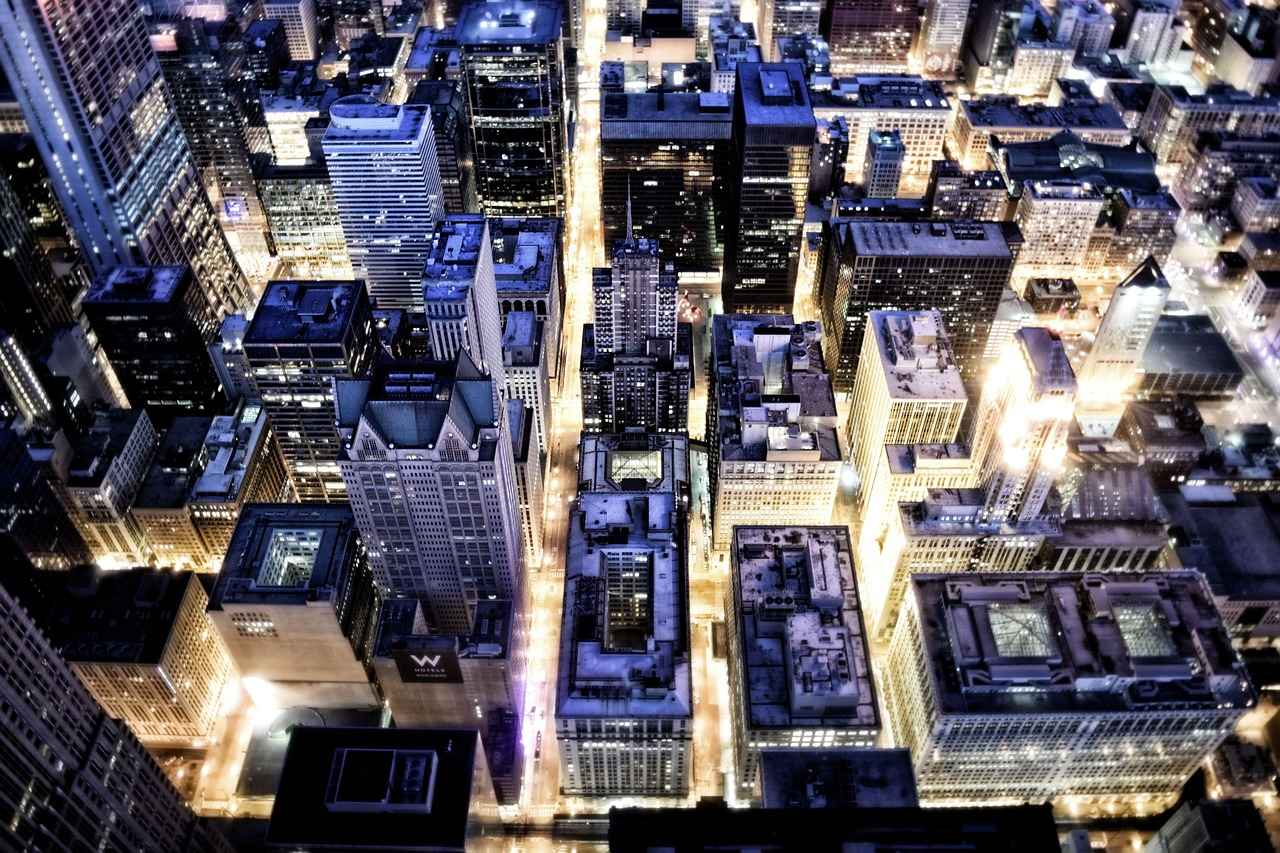
Economic Shifts and Industrialization
The transition from a colonial economy to an independent one marked a crucial turning point in Kolkata’s history, leading to profound changes in its industrial landscape and workforce dynamics. This section delves into the industrial growth that emerged post-independence and its implications for the local workforce.
Following independence in 1947, Kolkata underwent significant economic shifts aimed at rejuvenating its industrial base. The shift from a colonial economy, which primarily focused on raw material extraction and export, to a more diversified industrial economy fostered new opportunities for growth. The government initiated various policies to promote industrialization, including incentives for local manufacturing and infrastructure development.
- Emergence of New Industries: The post-colonial era saw the rise of several industries, including textiles, jute, and engineering. These sectors not only provided employment but also contributed to the city’s economic resilience.
- Labor Force Transformation: The demand for skilled labor increased, prompting educational institutions to adapt their curricula to meet industry needs. This transition empowered many workers, leading to a more qualified workforce.
- Urban Migration: Industrial growth attracted people from rural areas seeking employment, resulting in significant urban migration. This influx of labor transformed the demographic and cultural landscape of Kolkata.
However, this rapid industrialization was not without its challenges. The workforce faced issues such as labor rights, job security, and wage disparities. Strikes and labor movements became common as workers organized to advocate for better conditions and fair wages. The government responded by implementing labor laws aimed at protecting workers’ rights.
In conclusion, the transition to an independent economy not only reshaped Kolkata’s industrial framework but also fundamentally altered the workforce’s structure and dynamics. As the city continues to evolve, the lessons learned during this transformative period remain relevant in addressing contemporary economic challenges.
Cultural Renaissance in Modern Kolkata
Kolkata, often referred to as the cultural capital of India, has witnessed a remarkable cultural renaissance in recent decades. This transformation has revitalized the city’s rich heritage, making it a hub for arts, literature, and cinema. The resurgence can be attributed to various factors, including grassroots movements, government initiatives, and the passion of local artists and intellectuals.
- Arts and Theatre: The city has become a vibrant stage for theatrical performances, with numerous plays being staged in multiple languages. Renowned festivals such as the Kolkata Theatre Festival attract audiences from across the globe.
- Literature: Kolkata has nurtured some of the finest literary talents in India. The Kolkata Book Fair is one of the largest book fairs in Asia, showcasing a plethora of genres and authors, thereby fostering a culture of reading and writing.
- Cinema: The Bengali film industry, known as Tollywood, has seen a resurgence with innovative storytelling and compelling narratives. Festivals like the Kolkata International Film Festival celebrate global cinema, further enriching the city’s cultural landscape.
Moreover, the city’s numerous art galleries and museums are dedicated to preserving and promoting both traditional and contemporary art forms. These institutions not only showcase local talent but also provide a platform for international artists, fostering a spirit of cultural exchange.
The revival of Kolkata’s cultural scene is also evident in its music and dance forms, with traditional styles being blended with modern influences. This fusion has led to the emergence of new genres, appealing to both younger and older generations.
In conclusion, the cultural renaissance in modern Kolkata is a testament to the city’s enduring spirit and creativity. As it continues to evolve, Kolkata remains a beacon of artistic expression, drawing inspiration from its rich past while embracing the future.
Environmental and Urban Challenges
Kolkata, a city rich in culture and history, is currently grappling with a range of environmental challenges as it continues to expand. This vibrant metropolis faces pressing issues such as pollution, waste management, and urban planning, all of which are critical to its sustainability and future development.
- Pollution: Kolkata is notorious for its high levels of air and water pollution. The rapid industrialization and urbanization have led to deteriorating air quality, primarily due to vehicular emissions and industrial discharges. The city struggles with managing these pollutants effectively.
- Waste Management: With a population exceeding 14 million, the city generates an enormous amount of waste daily. The existing waste management systems are often inadequate, leading to overflowing landfills and increased health risks for residents. Efforts to improve waste segregation and recycling are ongoing but face significant challenges.
- Urban Planning: The historical layout of Kolkata presents unique challenges for urban planners. The city’s colonial-era infrastructure is often ill-equipped to handle modern demands. Sustainable urban planning initiatives are essential to create a balance between development and environmental preservation.
Addressing these environmental challenges requires a multi-faceted approach that includes community involvement, government initiatives, and the integration of technology. Local communities are increasingly becoming involved in sustainability efforts, advocating for cleaner neighborhoods and better waste management practices.
In conclusion, while Kolkata faces significant environmental and urban challenges, the combined efforts of its citizens, government, and technological advancements can pave the way for a more sustainable future. As the city evolves, it is crucial to prioritize these issues to ensure a healthy and vibrant environment for generations to come.
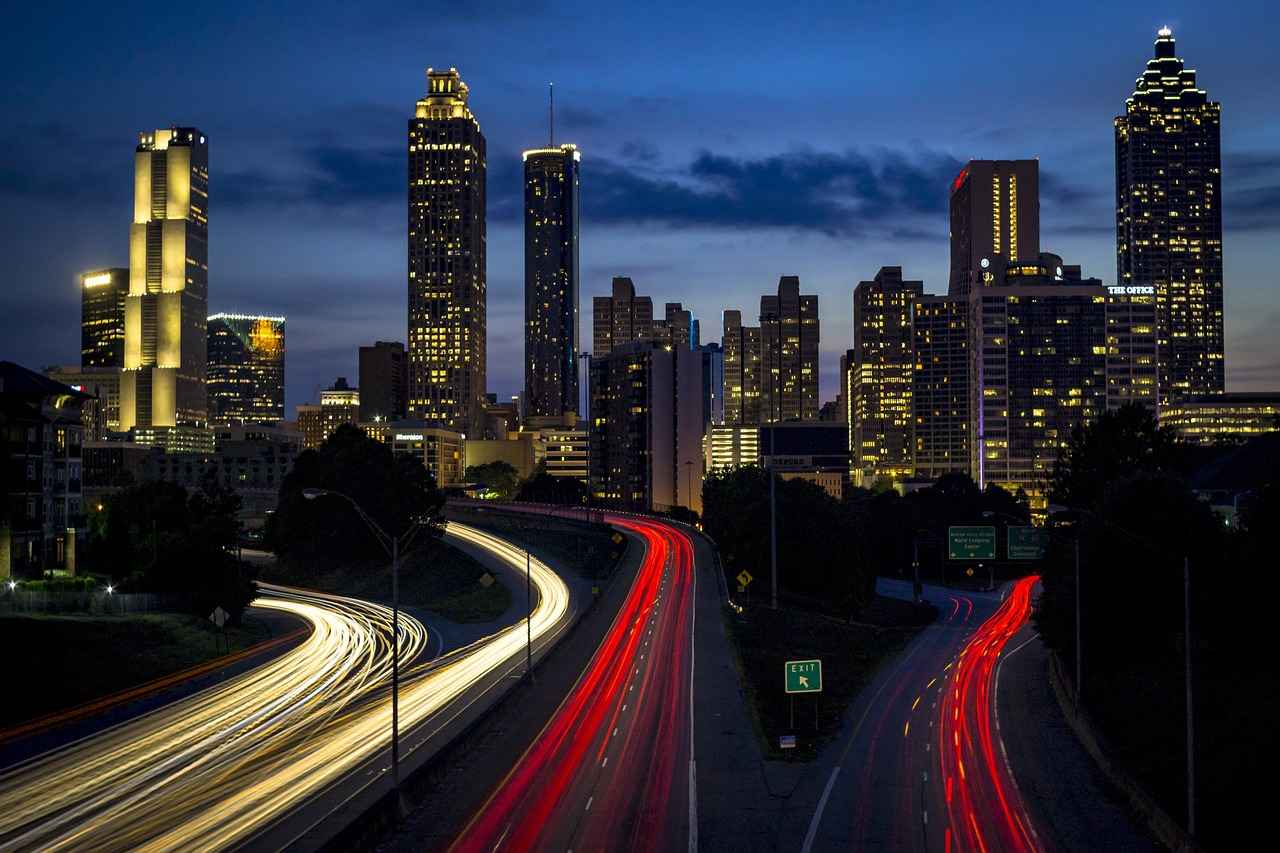
Community Initiatives for Urban Renewal
In recent years, local communities across Kolkata have demonstrated remarkable resilience and creativity in tackling urban challenges. These grassroots initiatives have been pivotal in revitalizing neighborhoods, enhancing public spaces, and improving living conditions for residents. This section highlights some of the most successful community-led efforts that showcase the power of collaboration and innovation.
- Neighborhood Clean-Up Drives: Local residents have organized regular clean-up drives to combat litter and improve the aesthetic appeal of their surroundings. These initiatives not only promote environmental awareness but also foster a sense of community ownership.
- Community Gardens: In areas where green spaces are limited, community gardens have emerged as a solution. These gardens not only provide fresh produce but also serve as social hubs where residents can connect and collaborate on various projects.
- Art and Culture Festivals: Many neighborhoods have initiated art and culture festivals to celebrate local talent and heritage. These events not only attract visitors but also boost local economies and create a vibrant cultural scene.
- Skill Development Workshops: Recognizing the need for economic empowerment, various community groups have started skill development workshops. These programs equip residents with valuable skills, enhancing their employability and fostering entrepreneurship.
- Safe Spaces for Women: Several initiatives focus on creating safe spaces for women, providing them with resources and support. These efforts aim to empower women and promote gender equality within the community.
The impact of these initiatives is profound, as they not only address immediate urban challenges but also foster a sense of belonging and community spirit. By actively engaging residents in the decision-making process, these grassroots movements are paving the way for a more sustainable and inclusive urban future.
The Role of Technology in Transformation
In recent years, technology has emerged as a driving force behind Kolkata’s significant transformation. This evolution is evident across various sectors, including education, healthcare, and governance, reshaping the city’s landscape and enhancing the quality of life for its residents.
Digital Advancements in Education
- Online Learning Platforms: The rise of online education has made learning accessible to a broader audience, breaking geographical barriers.
- Smart Classrooms: Many schools in Kolkata have adopted smart technology, integrating digital tools to facilitate interactive learning experiences.
- Skill Development Initiatives: Various programs aim to equip students with essential skills for the modern workforce, focusing on technology and entrepreneurship.
Transforming Governance Through Technology
- E-Governance: The introduction of e-governance initiatives has streamlined public services, making them more efficient and transparent.
- Digital Citizen Services: Residents can now access a range of government services online, reducing the need for physical visits and paperwork.
- Smart City Projects: These initiatives focus on utilizing technology to improve urban infrastructure, enhance public transportation, and promote sustainable development.
Healthcare Innovations
- Telemedicine: The rise of telehealth services has made healthcare more accessible, allowing patients to consult with doctors remotely.
- Health Tech Startups: Kolkata is witnessing a surge in health tech innovations, from health monitoring apps to AI-driven diagnostics.
As Kolkata continues to embrace technological advancements, the city is not only enhancing its infrastructure but also fostering a culture of innovation and resilience. The integration of technology into daily life is paving the way for a brighter, more sustainable future for its residents.
Conclusion
The ongoing transformation of Kolkata, driven by technology, signifies a pivotal shift in how the city operates and interacts with its citizens. This digital evolution is set to redefine the urban experience, making Kolkata a model for other cities in India and beyond.
Conclusion: Kolkata’s Journey Forward
Kolkata’s journey through history is not just a tale of change but a reflection of its resilience and adaptability. As we look back at the city’s past, we can see how it has continuously reinvented itself, navigating through various challenges and transformations.
The city, once a humble collection of villages, evolved into a bustling metropolis, marked by significant events and influences. From the colonial era, which introduced new architectural styles and urban planning, to the post-independence struggles that tested the spirit of its people, Kolkata has shown an incredible ability to adapt to its circumstances.
In the face of economic shifts and social changes, Kolkata has emerged as a vibrant cultural hub. The cultural renaissance witnessed in recent decades has revitalized the arts, literature, and cinema, making the city a beacon of creativity and innovation. This resurgence is not merely a reflection of nostalgia but an active engagement with contemporary issues, showcasing the city’s dynamic identity.
However, the journey is not without its challenges. Kolkata grapples with environmental issues and urbanization pressures that threaten its sustainability. Yet, the city’s communities are stepping up, initiating grassroots movements aimed at urban renewal and environmental stewardship. These efforts highlight the collective strength and determination of Kolkata’s residents to create a better future.
As we conclude this exploration of Kolkata’s transformation, it is evident that the city stands at the cusp of a promising future. With its rich history as a foundation, Kolkata is poised to embrace new opportunities while remaining true to its heritage. The ongoing evolution of this vibrant city is a testament to the enduring spirit of its people, who continue to shape its narrative with every passing day.
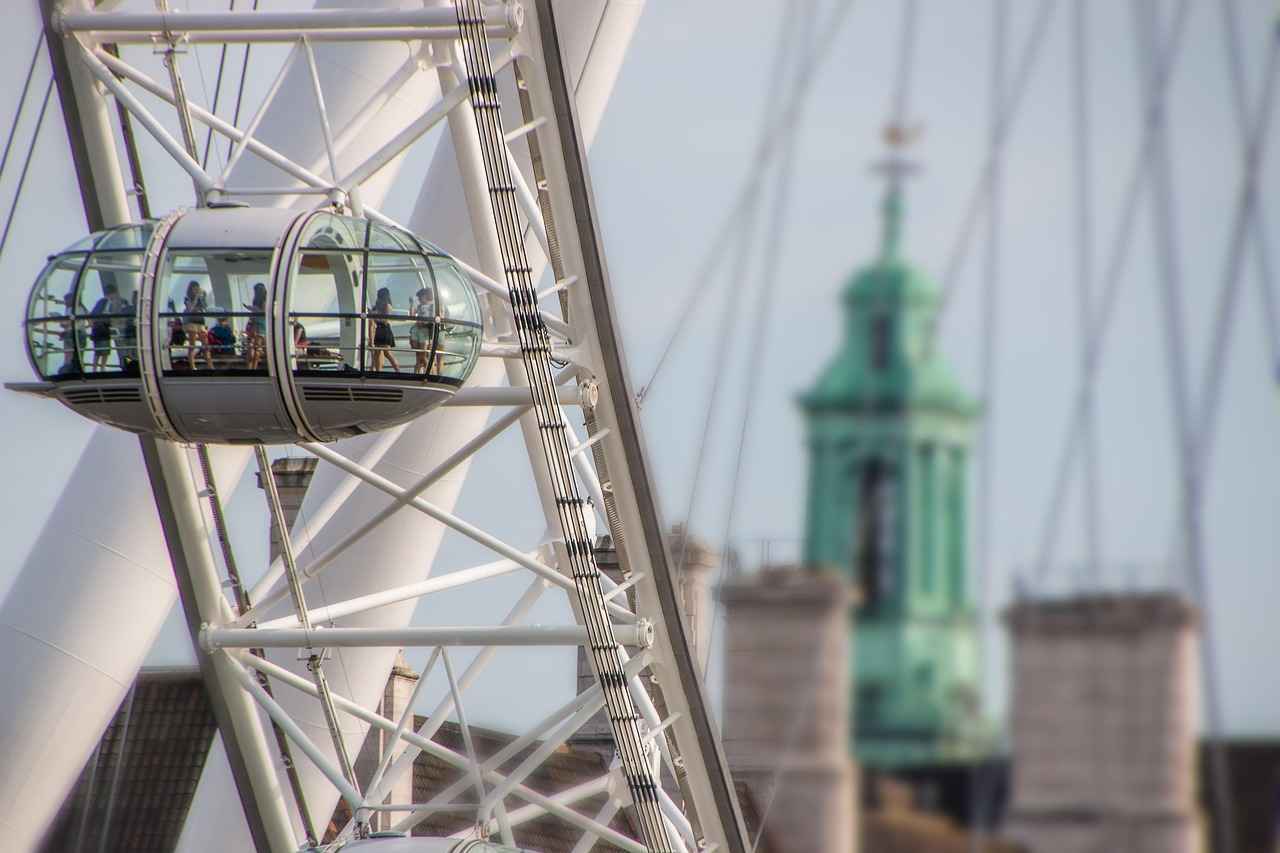
Frequently Asked Questions
- What is the historical significance of Kolkata?
Kolkata, once a cluster of villages, transformed into a major trading post in the 17th century, shaping its identity as a cultural and economic hub. The city’s evolution reflects a rich tapestry of influences, especially during the colonial era.
- How did colonial rule impact Kolkata’s architecture?
The British colonial period introduced a blend of architectural styles, including Gothic and Indo-Saracenic designs. Iconic structures like the Victoria Memorial and Howrah Bridge showcase this unique architectural heritage.
- What role does the Hooghly River play in Kolkata’s development?
The Hooghly River has been vital for trade and transportation, acting as a lifeline for the city. It facilitated economic growth and continues to influence urban planning and development in Kolkata.
- What challenges did Kolkata face post-independence?
After gaining independence in 1947, Kolkata encountered significant socio-economic challenges, including industrial decline and population pressures. However, the city’s resilience shines through its ability to adapt and innovate.
- How is Kolkata addressing environmental issues?
Kolkata is tackling environmental challenges through community initiatives focused on waste management and urban renewal. These grassroots efforts aim to create sustainable living conditions for residents.
- What is the current cultural scene in Kolkata?
The city is experiencing a cultural renaissance, with a resurgence in arts, literature, and cinema. This vibrant scene reflects Kolkata’s rich heritage and its ongoing evolution as a cultural powerhouse.
